In the 1950s Italian cars dominated the world of F1.
Teams like Ferrari and Alfa Romeo produced sleek, powerful machines that left the competition standing. But, from the garages of rural England, unlikely new challengers began to emerge, much to the chagrin of Enzo Ferrari, who dismissed these arrivistes as ‘Garagistas.’
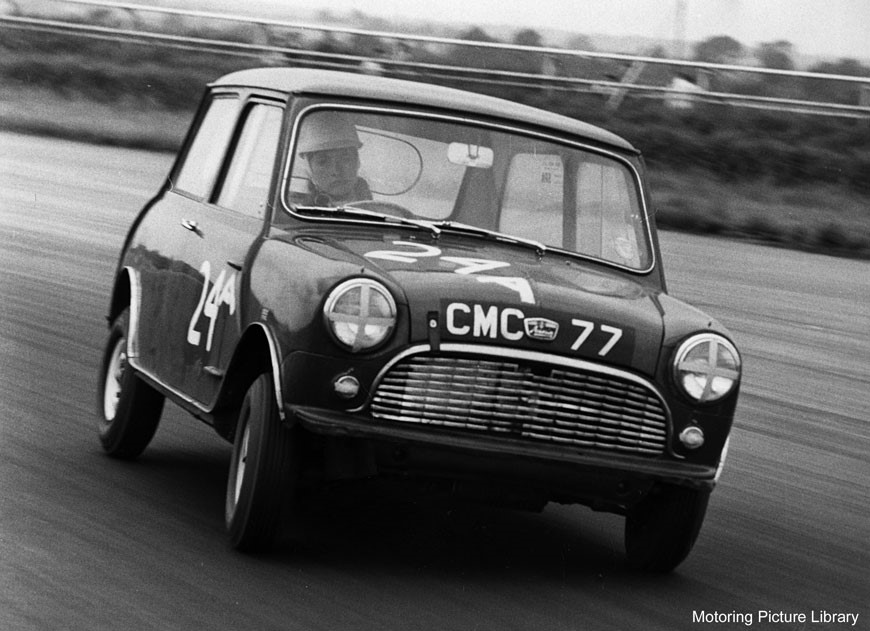
Christabel Carlisle in a Mini in1961.
Perhaps the most important of these early teams was Cooper racing, run by John Cooper together with his father Charles from their garage in Surbiton, Surrey.
Those who are passionate about racing and rallying know that John Cooper is practically one of the absolute myths of the sport, perhaps the most popular character in post-war British motoring. John bequeaths an immeasurable treasure of technology and passion.
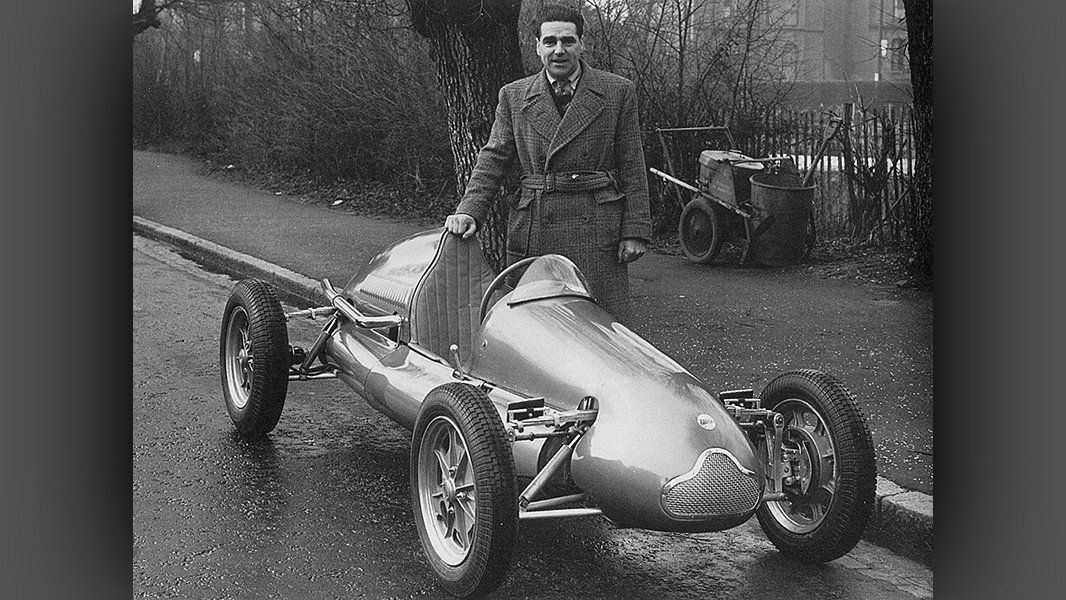
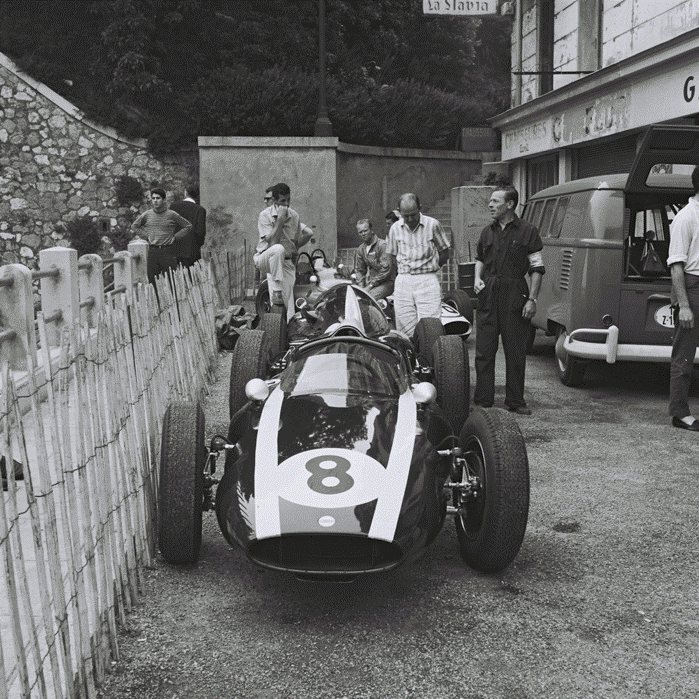
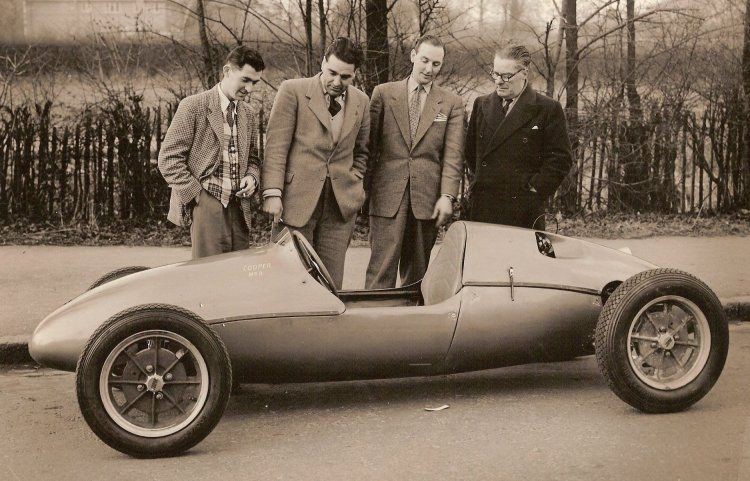
John Cooper: the silent revolutionary who humbled Ferrari and Maserati. December 22, 2016.
Formula 1 wouldn't have been the same today without him.
The label that marks Mini's performance models isn't there by coincidence, but to honor a man who changed Grand Prix racing in the 1950s: John Cooper.
At some point between the two World Wars, a young boy called John was bullying the milkmen of Surbiton on early mornings as he drove a 175 cc two-stroke Villiers engine-powered kart built by his father, Charles Cooper, a racing mechanic.
Still recuperating after the Second World War, Charles Cooper and his son John - who left school at the age of 15 to become an apprentice - ran a small business focused on car sales and a service garage. It was where they built their first racer from a sketch drew in chalk on the workshop's floor.
The car used the front suspension from a Fiat Topolino and the driver sat up front, while the back-positioned engine - a V-twin JAP (JA Prestwich Industries) motorcycle unit powered the rear wheels via a bike gearbox and chain system, spawning what we call a rear-engine vehicle.
The low-priced race car recipe proved successful and rapidly attracted a swell of private motorsport-involved parties and the high demand saw the Coopers build their own car firm in 1948: Cooper Car Company.
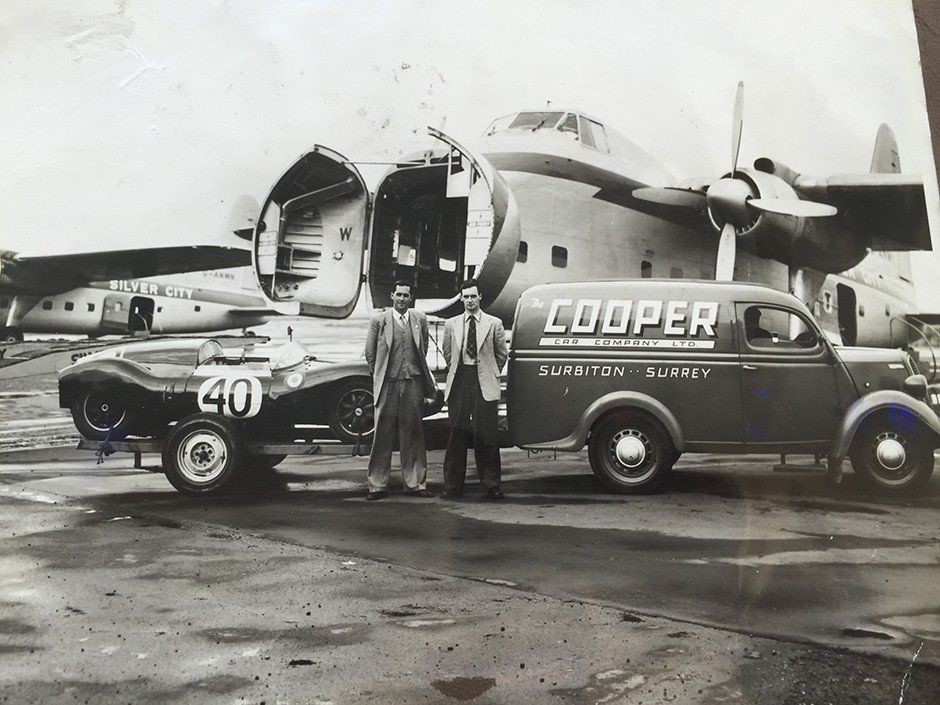
The 1950s came and with them another spell of success followed through for John Cooper and his father. As a small adage, although Auto Union's Silver Arrows used a rear-engine configuration back in the 1930s, the practice went extinct until Charles and John brought it back in the 1950s.
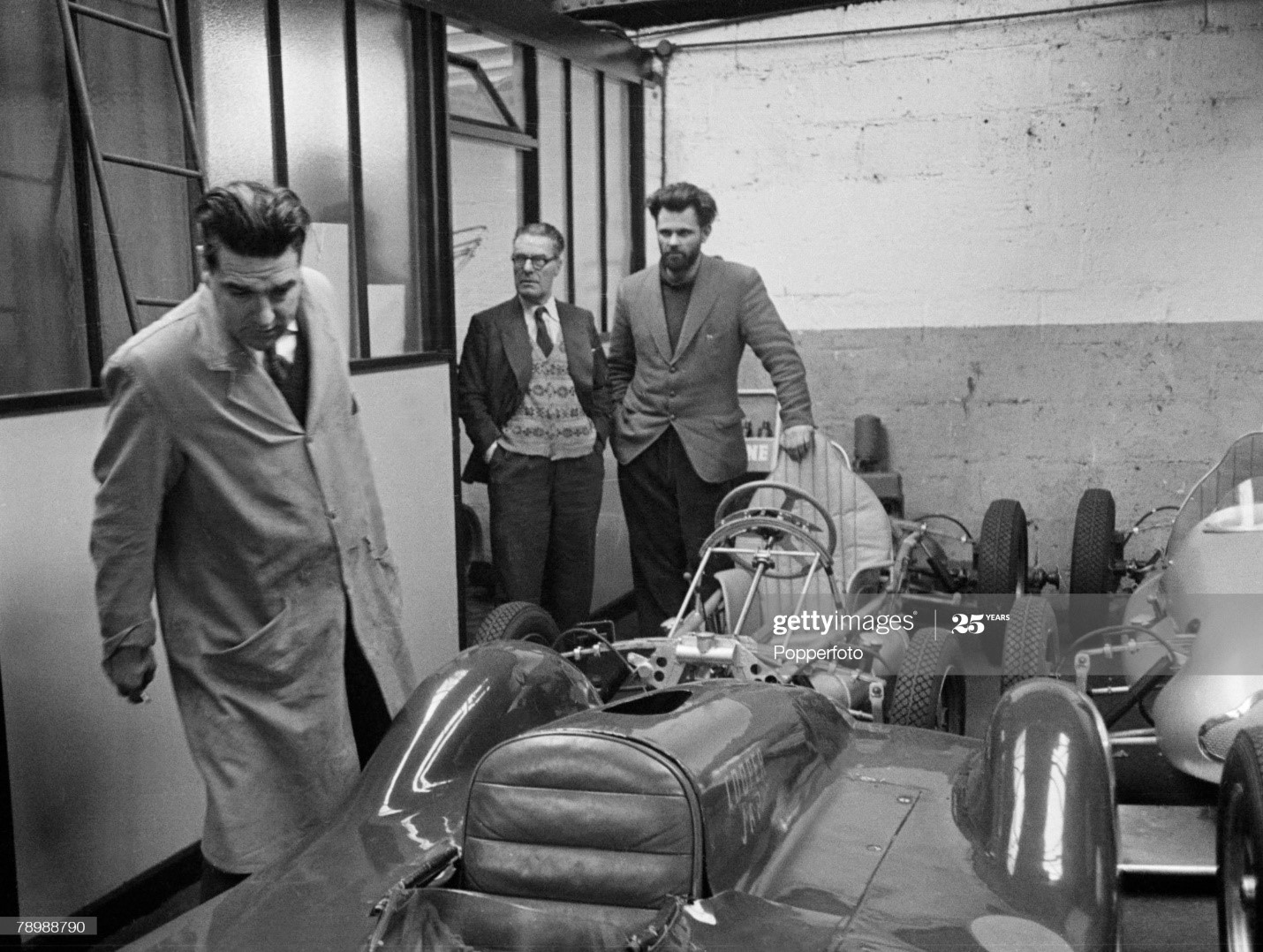
Their rear-engined 500cc racers were causing a stir in Formula 500 and the Coopers quickly became a dominant force in Formula 3 and Formula 2, before making the final step to F1.
"My God, that thing can really go!"
That's what drivers said after they had a go at the Cooper 500. But what really helped the Coopers make a name for themselves was Stirling Moss' dramatic victory at the 1958 Argentine Grand Prix.
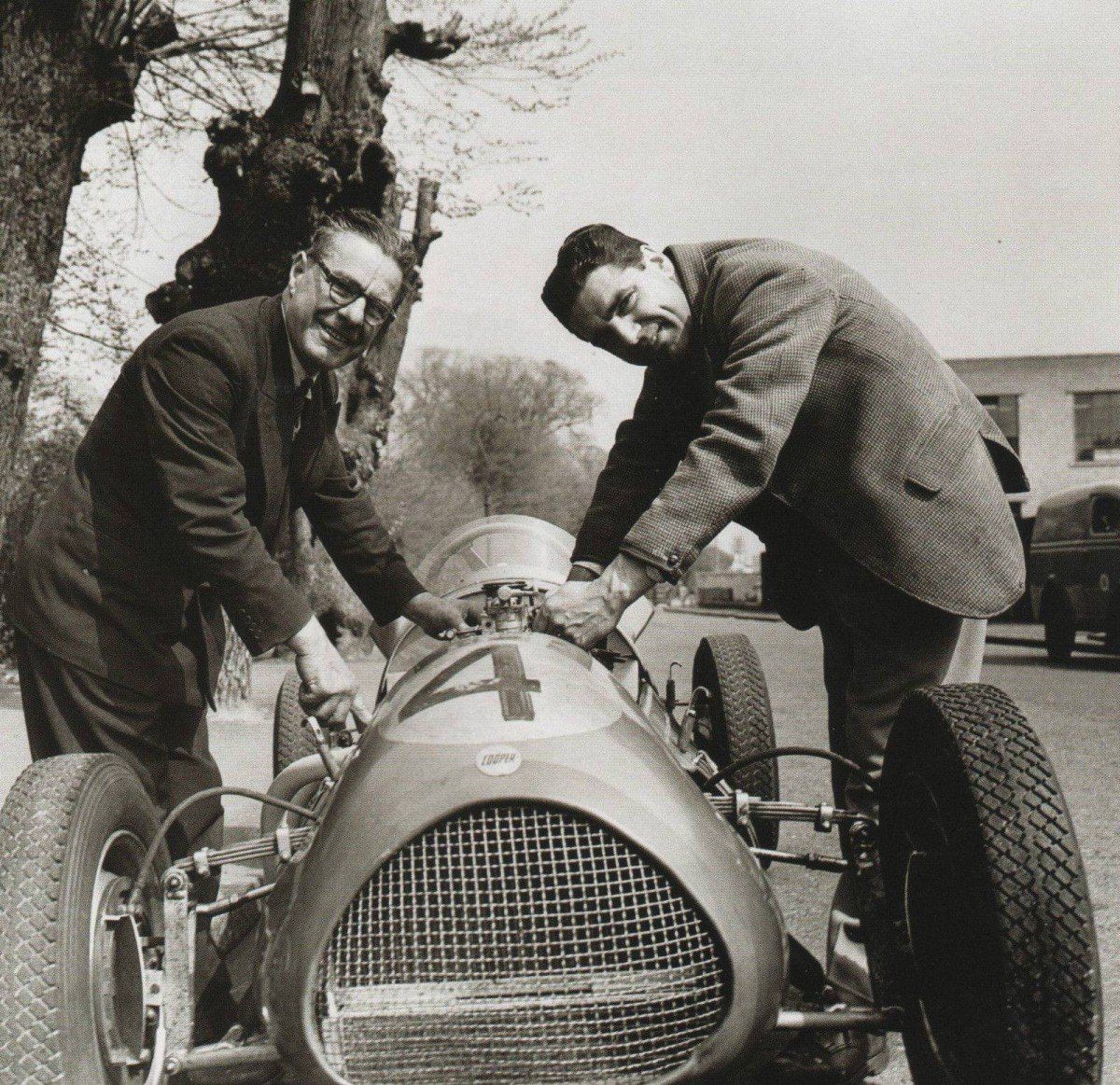
Moss joined Rob Walker's private team and agreed to drive a Cooper powered by a 2.2-liter Climax engine. Maserati and Ferrari had 2.5-liter engines, but the Cooper was lighter on its feet than its cumbersome competitors.
"We certainly had no feeling that we were creating some scientific breakthrough! We put the engine at the rear because it was the practical thing to do."
Fangio and his Maserati were leading Moss by just a second during practice, yet the Cooper's nimbleness and lightness translated into minimal tire wear.
Of course, Moss' alien handling skills also helped out, but this behavior inspired Walker to come up with an eccentric race strategy: the car would attempt a non-stop run, without any pit stops.
As Moss was running behind Juan Manuel Fangio (Maserati), Jean Behra (Maserati) and Mike Hawthorn (Ferrari), he began charging for the podium but also looking to preserve his tires.
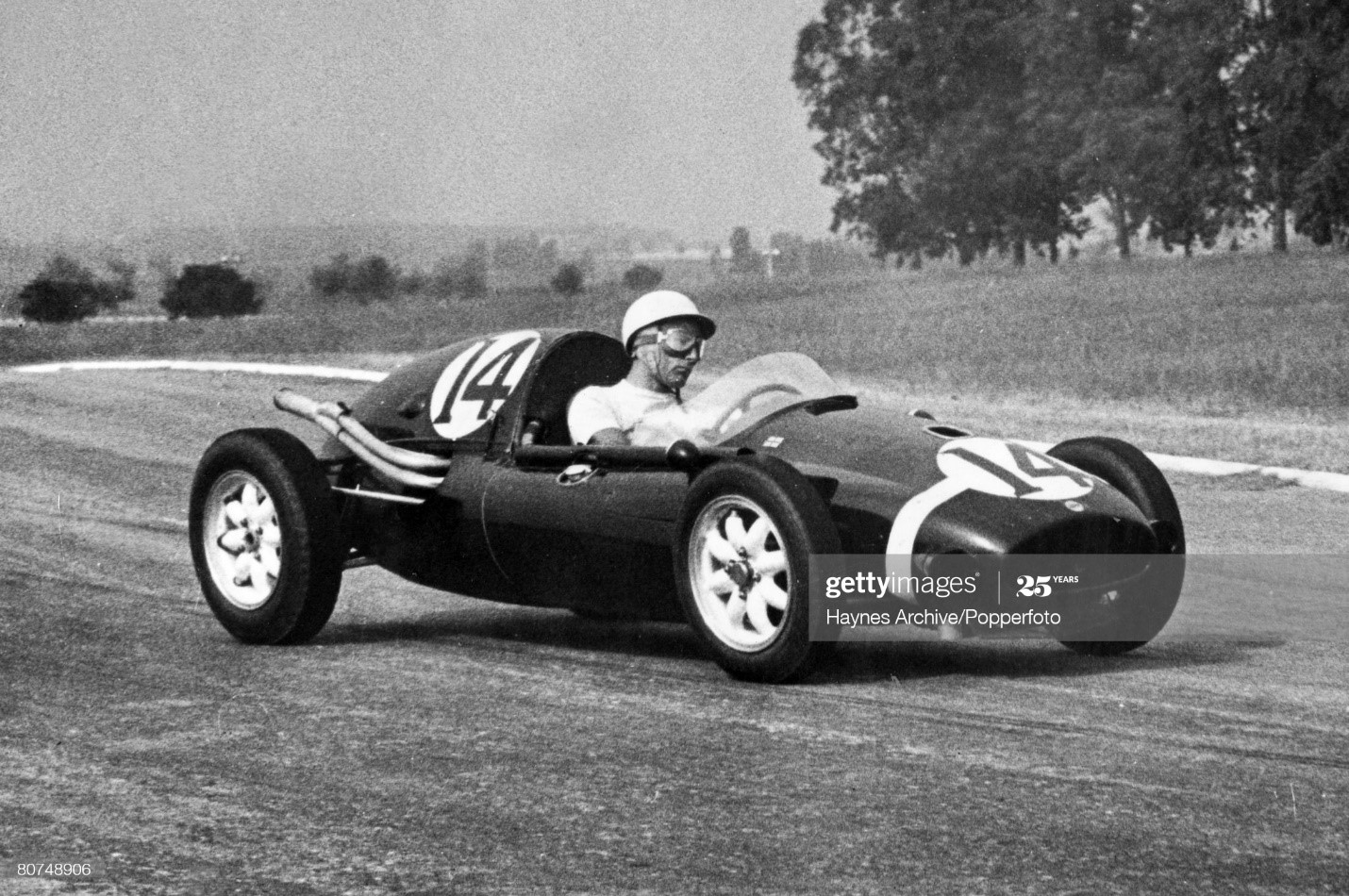
He had already passed Behra and Hawthorn when Lady Luck finally smiled as Fangio stopped to refuel and change tires.
In spite of the growing canvas spots on the Cooper's tires, Moss marched on and crossed the finish line ahead of Luigi Musso (Ferrari), Hawthorn, Fangio and Behra, who followed him in this order.
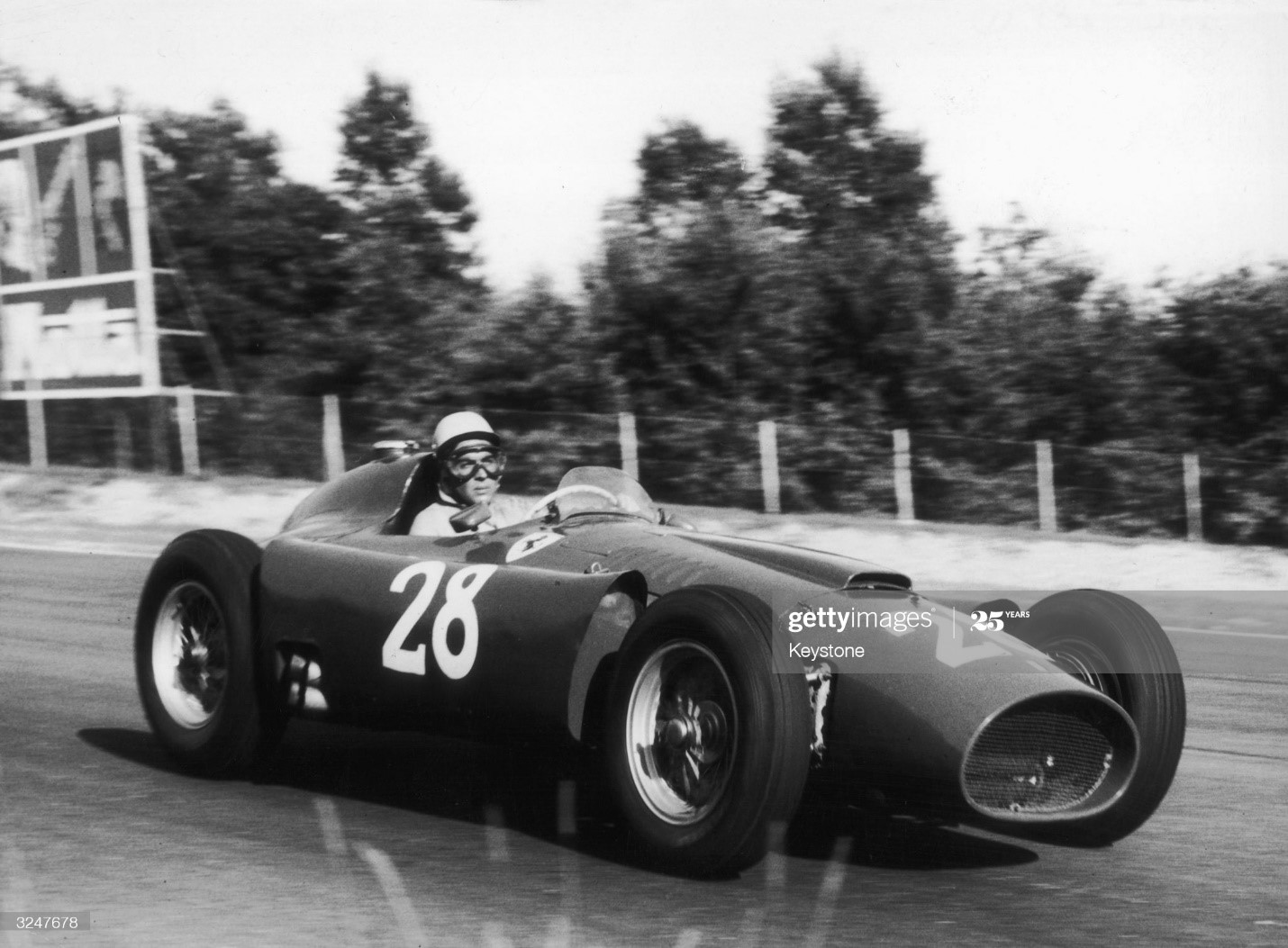
Although the victory was mostly attributed to the tactics employed by Cooper-Climax, it would mark the beginning of the end for the front-engined race car. By the end of the season, many teams would see this layout as a fossil and subsequently ditched it.
In the following two seasons (1959 and 1960), the Coopers gained invincible status with Jack Brabham behind the wheel.

Before the 500cc initiative and Cooper's cheap-to-build and prolific rear-engine layout, motorsport was the wealthy man's hobby.
Yet despite unmatched agility, the Cooper was far from flawless, as its basic chassis design used curved tubes - a poor design solution - instead of straight tubes simply loaded in tension or compression.
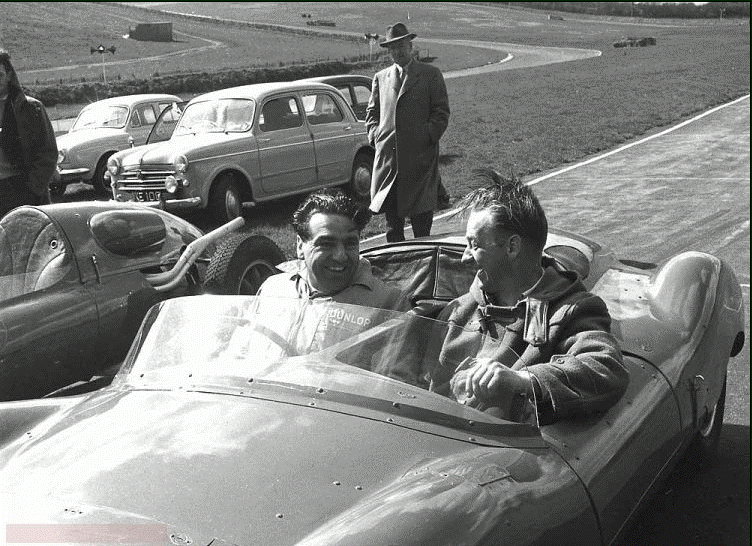
John Cooper, although notorious for his sense of humor, was seen as a man who "never blew its own trumpet."
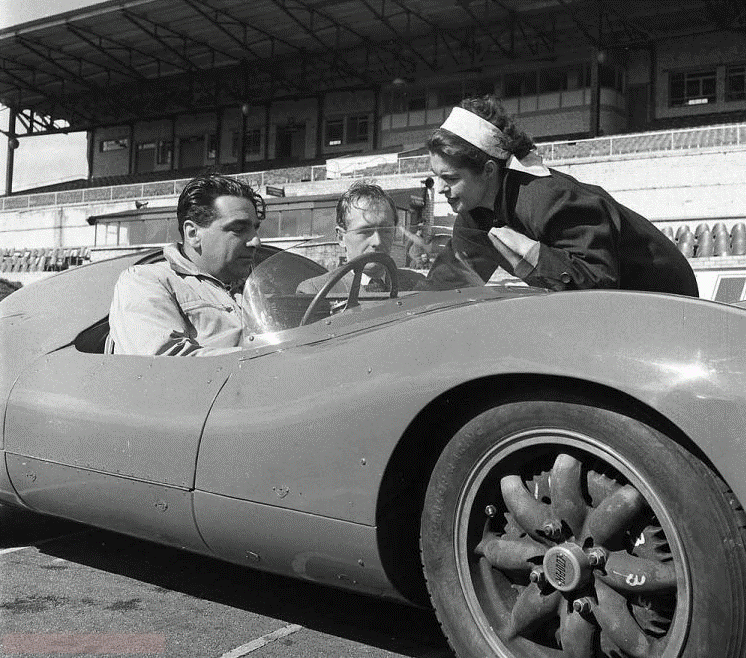
He never bragged, remained humble and always considered that his idea of placing the engine at the rear of a race car came out of necessity, rather than genius.
John Cooper passed away aged 77 on Christmas Eve in 2000, after he was awarded the Order of Chivalry of British Constitutional Monarchy (CBE) earlier that year, in April.
Photo credits: Cooper Car Company.
Racing Legends: John Cooper. January 17, 2018.
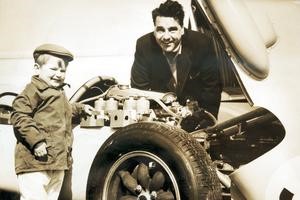
A true Outlier takes hours of deliberate practice at the craft he has chosen, mastering it and perfecting every detail. His ideas are his future and the will to make his vision a vivid reality will make him do things otherwise impossible to others and reach goals that will make him remembered forever.
Going motor racing is indeed an activity for the few: it is a full-time blood-sport that requires time, patience and a lot of sacrifices and resources. By using his intuition, John Cooper, began a true motorsport revolution, making obsolete the front-engined Formula cars of the time.
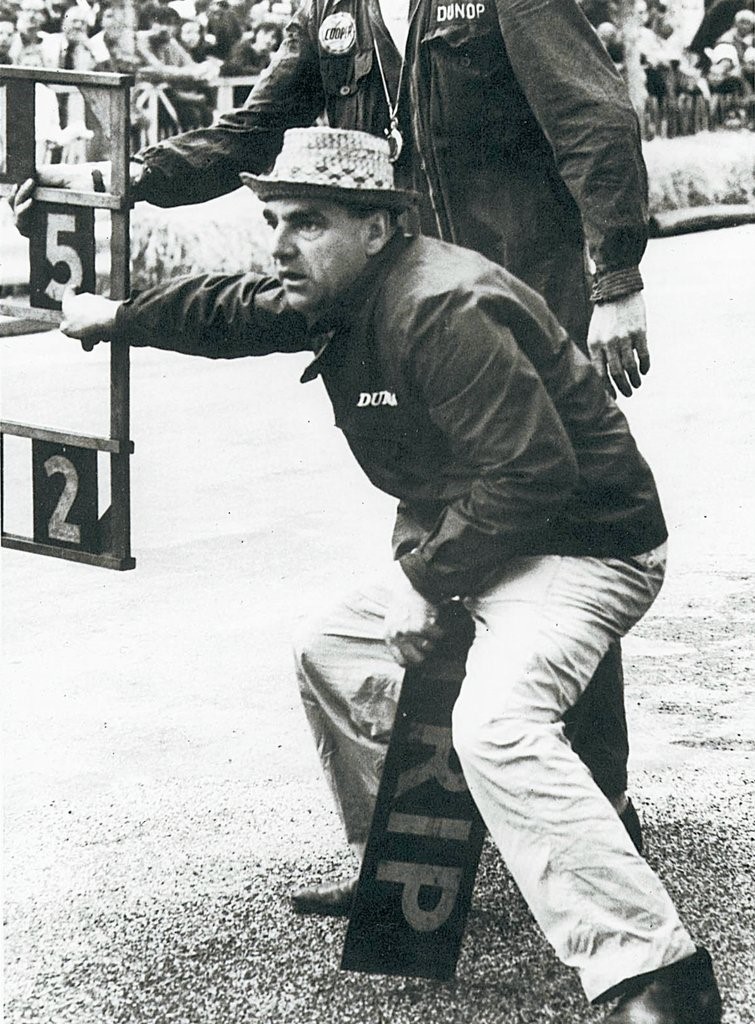
Fun, but tremendously effective, Cooper's tiny 500cc F3's proved to be the school for legendary drivers like Stirling Moss, Jack Brabham, Bruce McLaren and a whole generation of drivers who later became world champions.
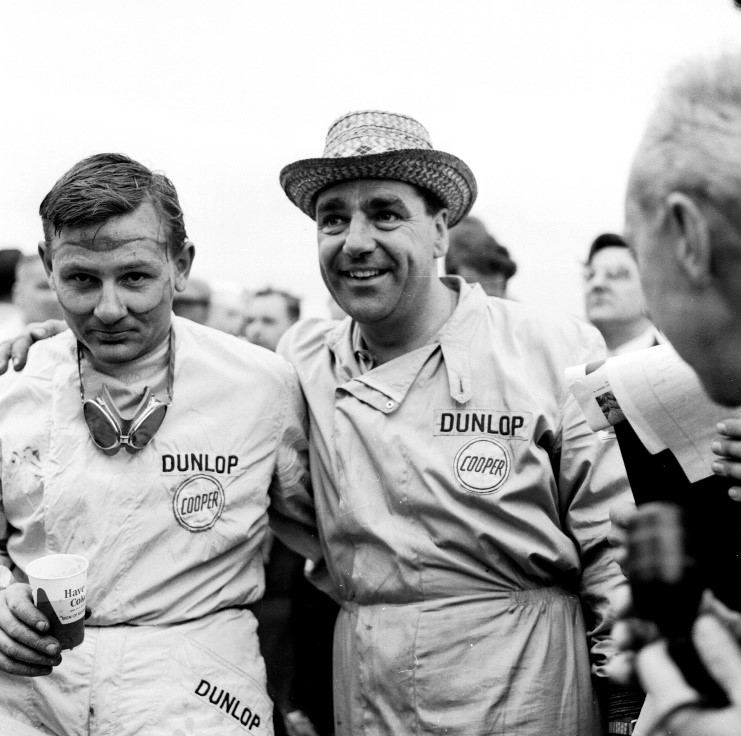
1959 US Grand Prix, John Cooper and Bruce McLaren.
With an eye for technology and improvement, simple and brilliant ideas were being developed forward. From the little F3 single-seaters, John Cooper rapidly expanded towards bigger and more complex formulas, all rear engined and capable of beating world-class adversaries. He was an innovator and a man passionate about new technologies and new ideas and one of the fathers of modern motor racing.
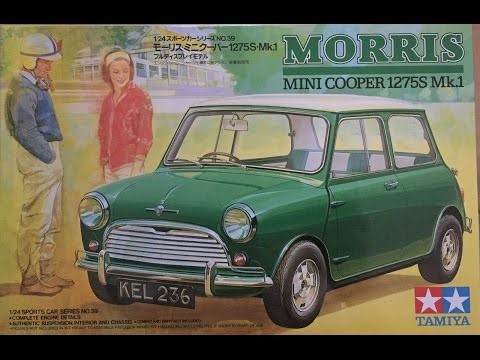
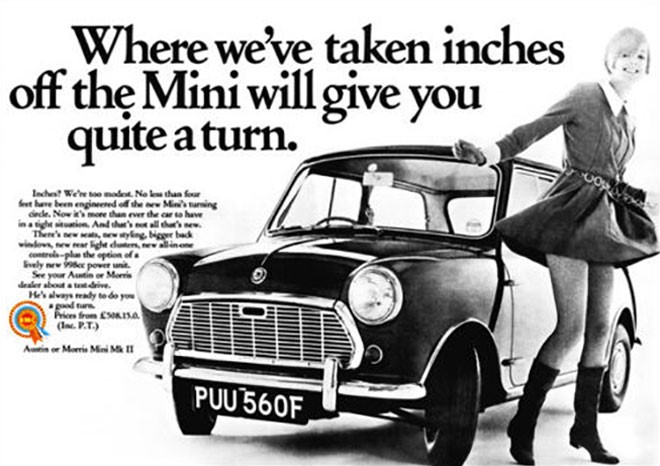
Miniskirt.
Also, he was the mind behind one of the most iconic cars ever made: the Mini Cooper.

Austin Mini.
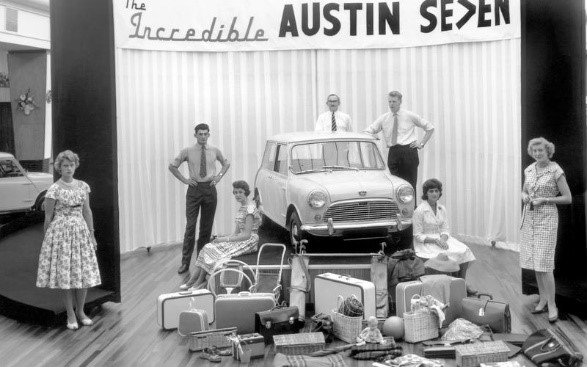
The launch of the Mini Austin Seven in 1959.
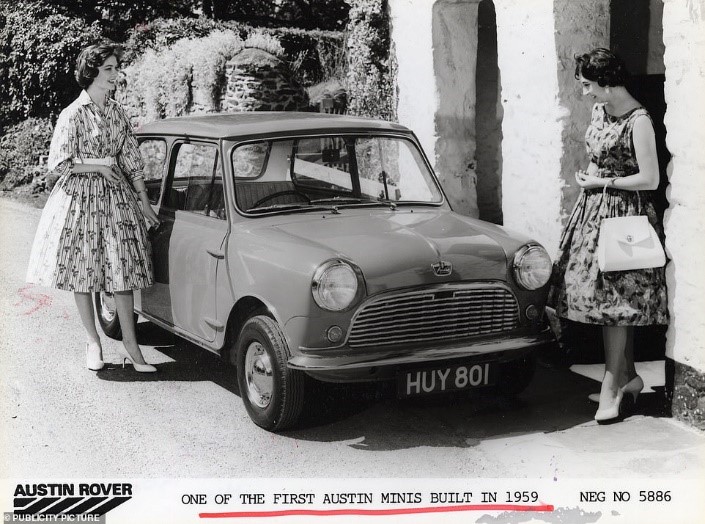
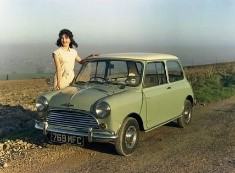
1961, Mini launch model.
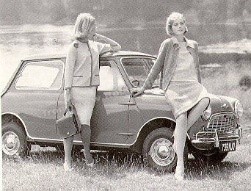
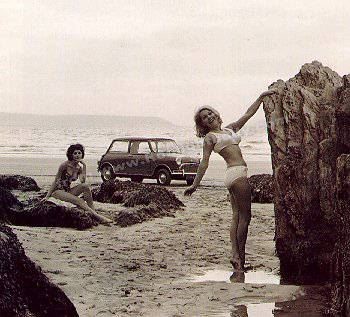
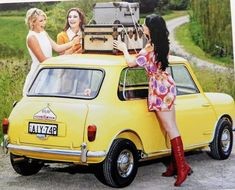
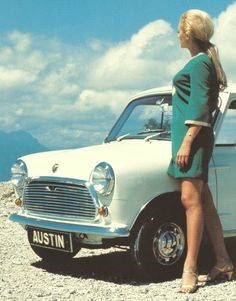
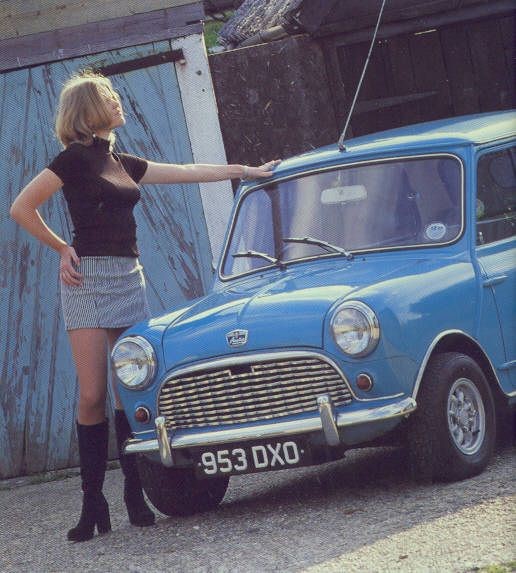
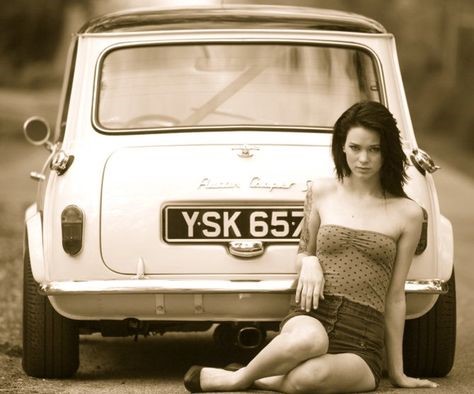
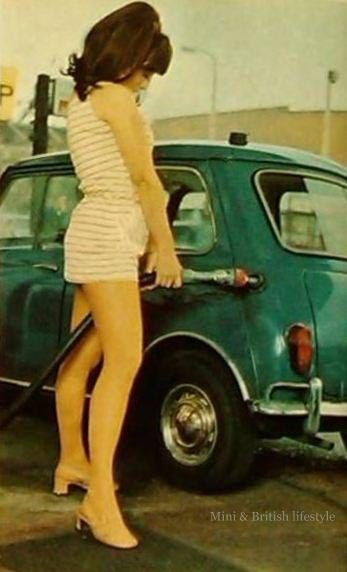
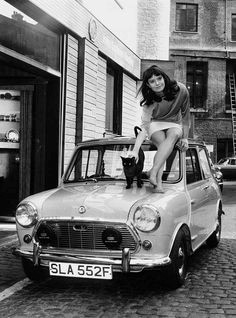
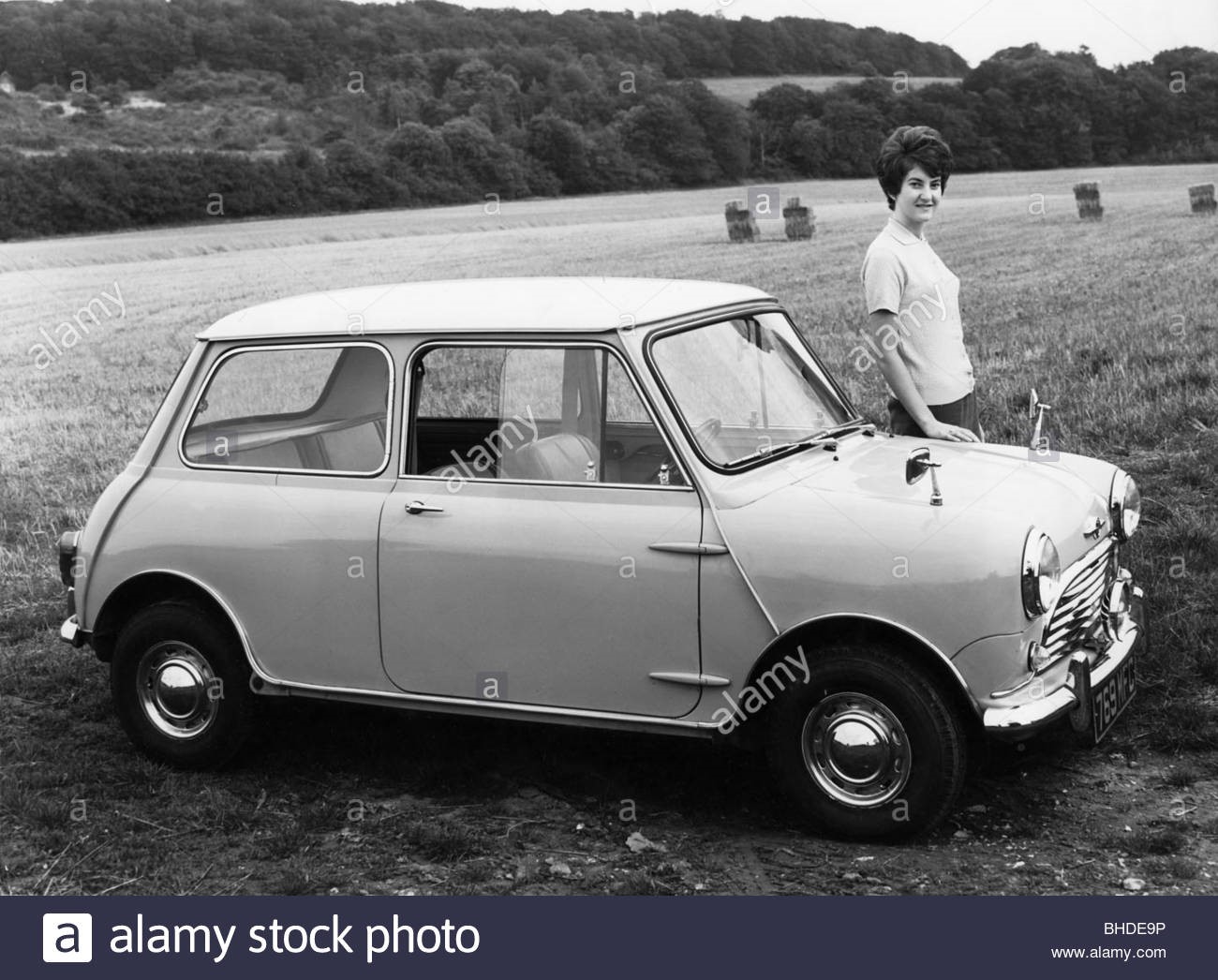
Believing that the MkI Mini had a potential to be a great sportscar, John Cooper took the unusual decision replace the original 850cc engine with the one he used in his Formula Junior single seaters.
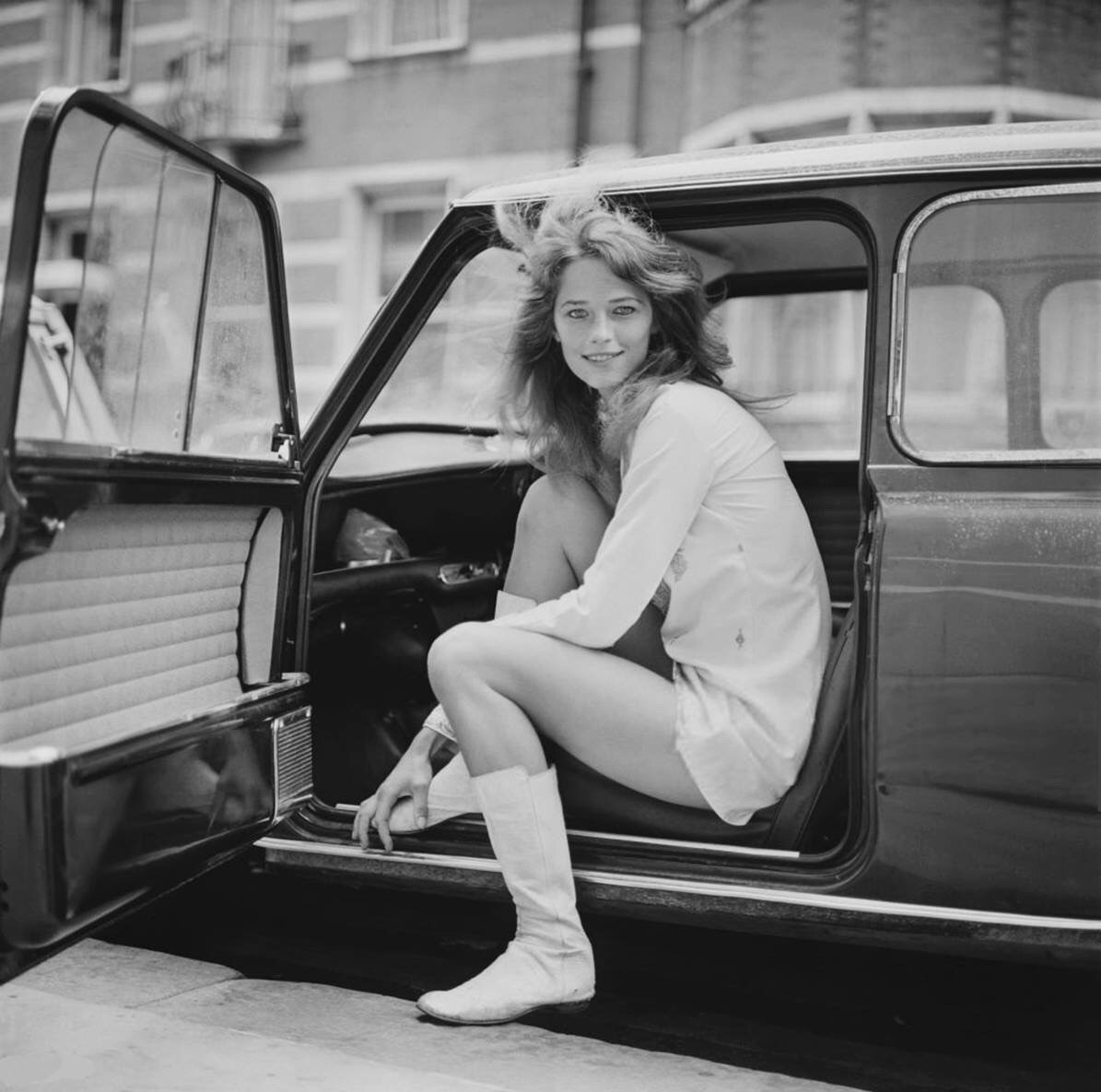
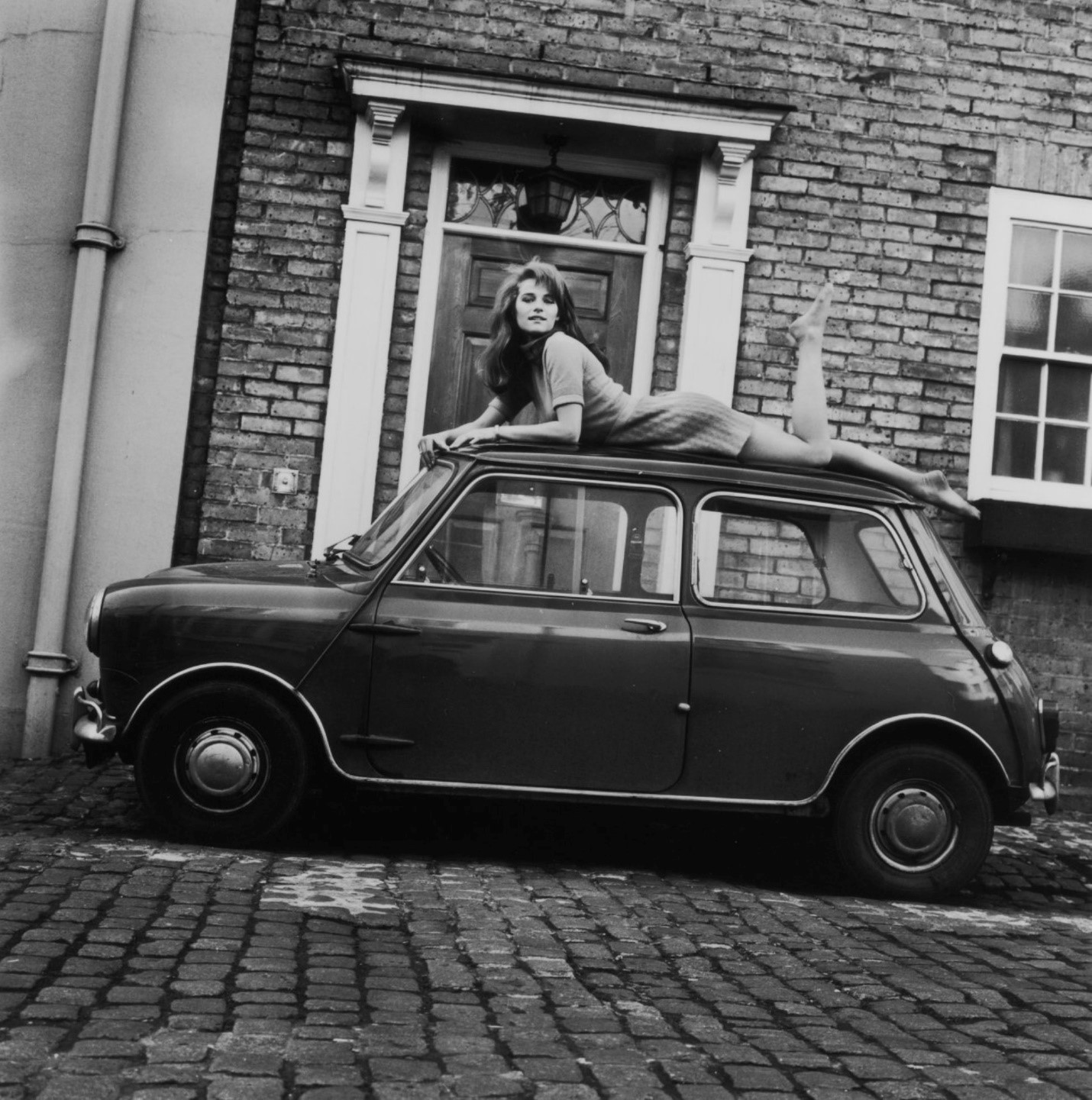
Charlotte Rampling and a Mini Cooper.
Thanks to this genius intuition, John Cooper was able to create a style icon that conquered the hearts of the jet set and the celebrities of the 1960ies and became one of the symbols of the British Invasion.
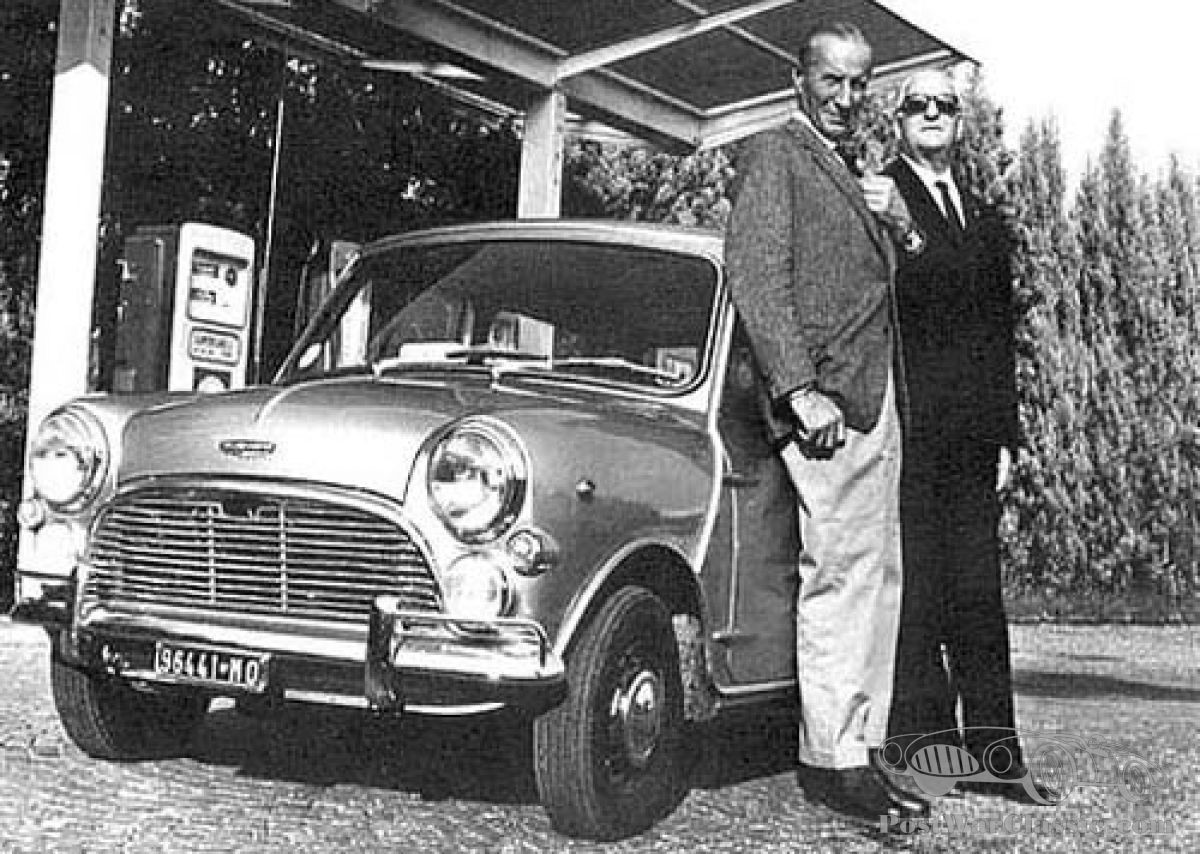
Alec Issigonis, the creator of the Mini, with Enzo Ferrari and Ferraris custom Cooper S.
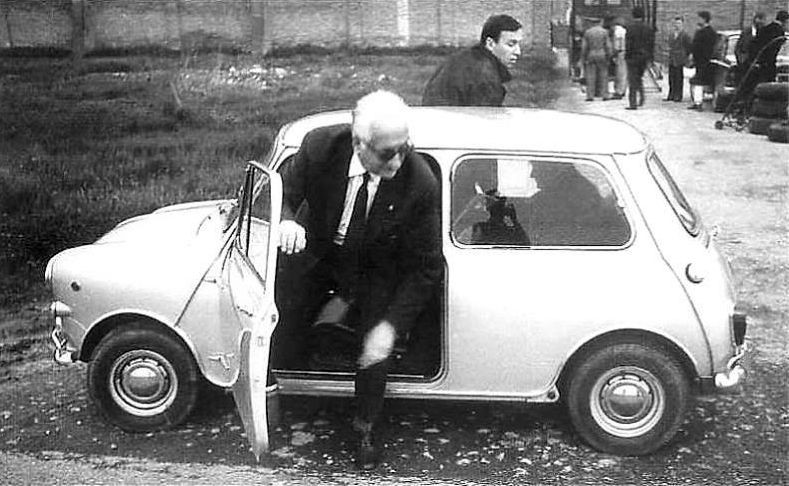
Enzo Ferrari and his Morris Cooper S.
That small but tremendously attractive people's "matchbox on wheels" soon turned in a symbol of practical yet elegant sportiness, thrilling many outliers, actors, weekend boy-racers... even Enzo Ferrari drove a Mini Cooper!
Against all odds, the Mini was capable obtain many racing successes from international rallies to circuits all over the world: no one would have place their bets that this little motorcar would have been able to win everywhere.
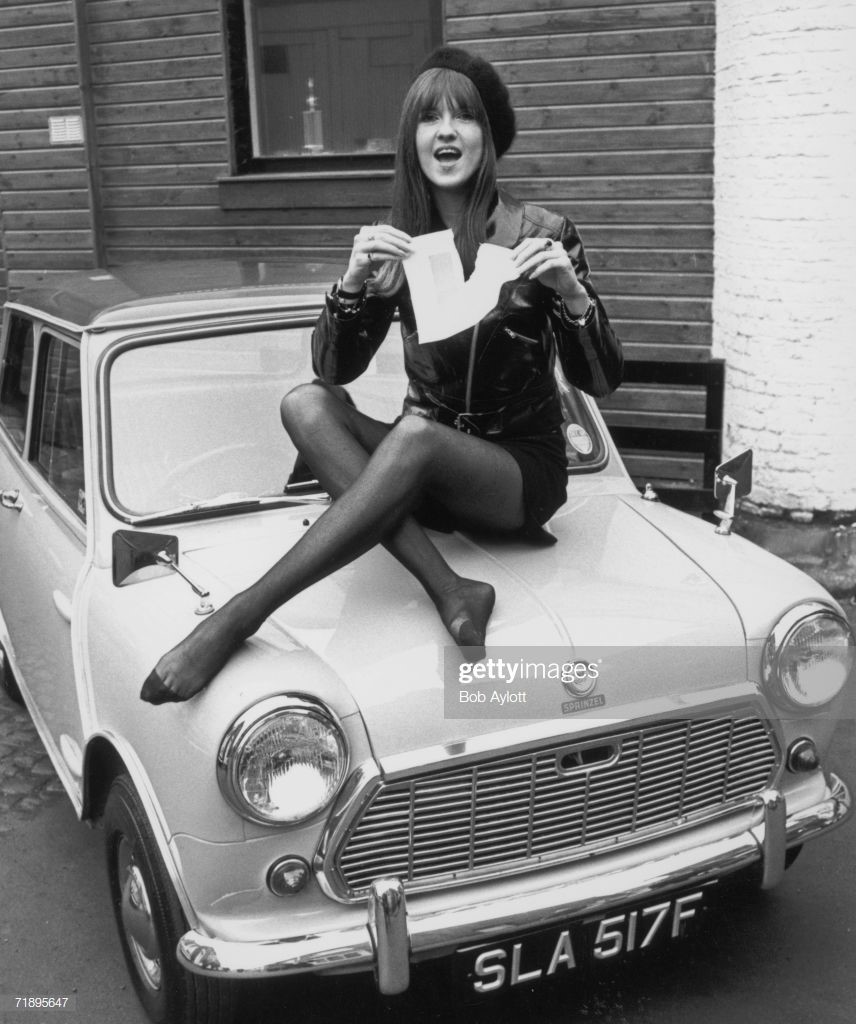
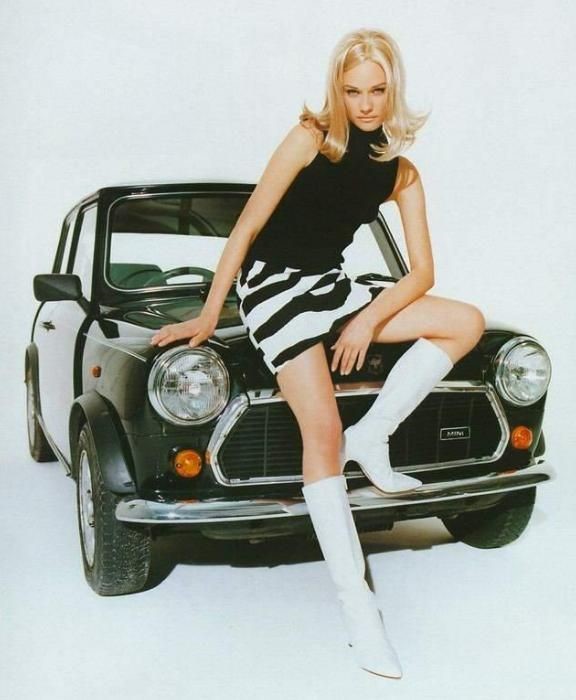
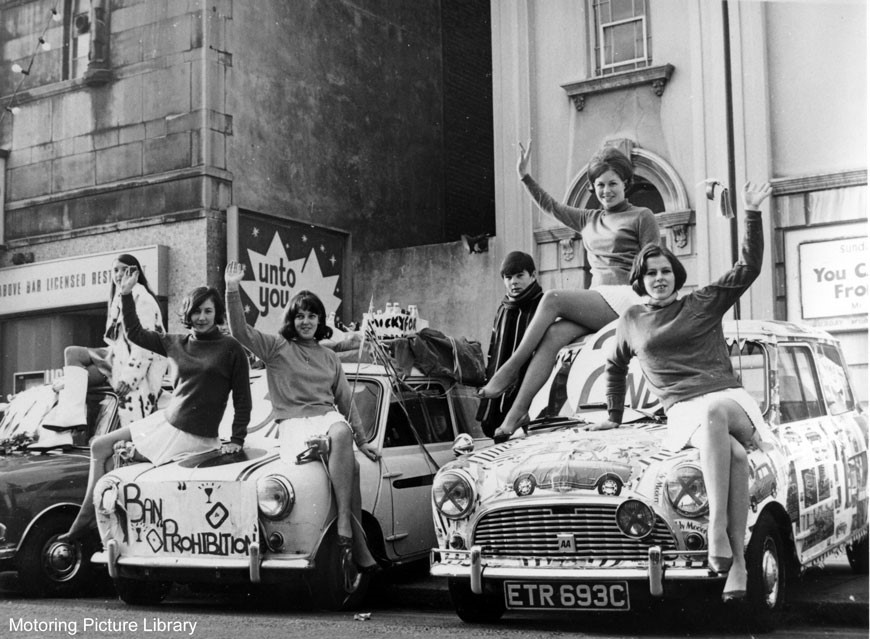
Austin Minis late 1960s.
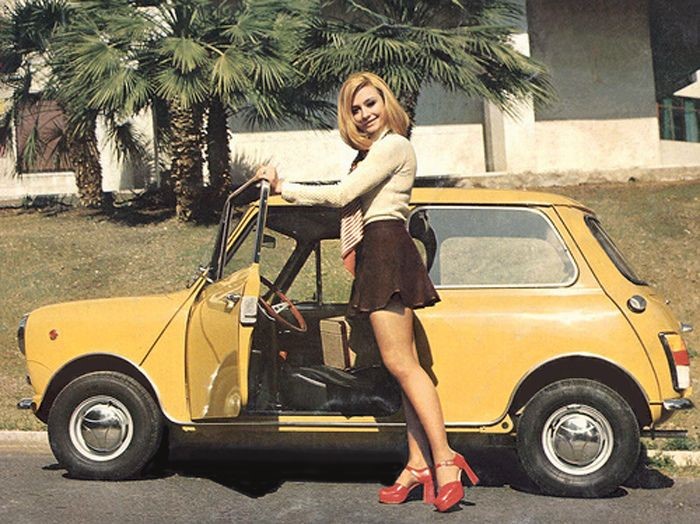
Raffaella Carra’ and a yellow Mini.
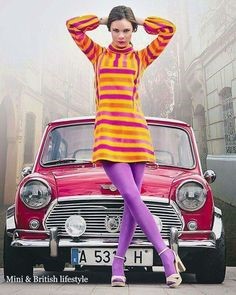
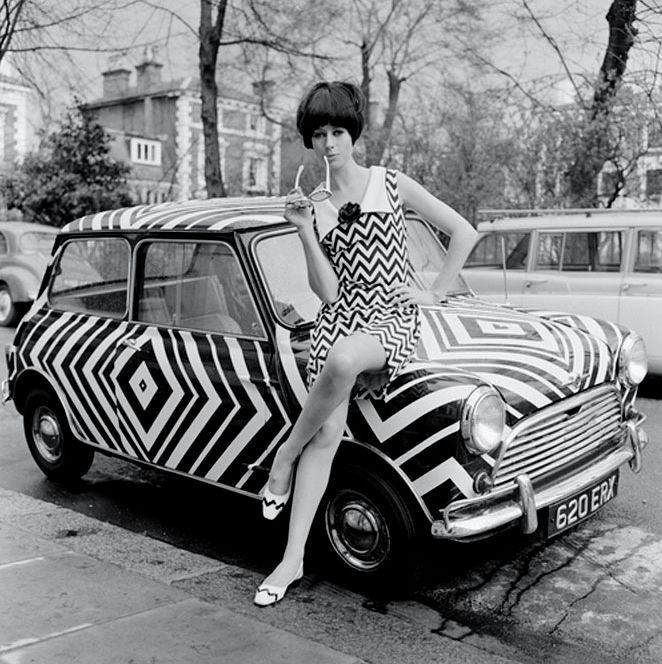
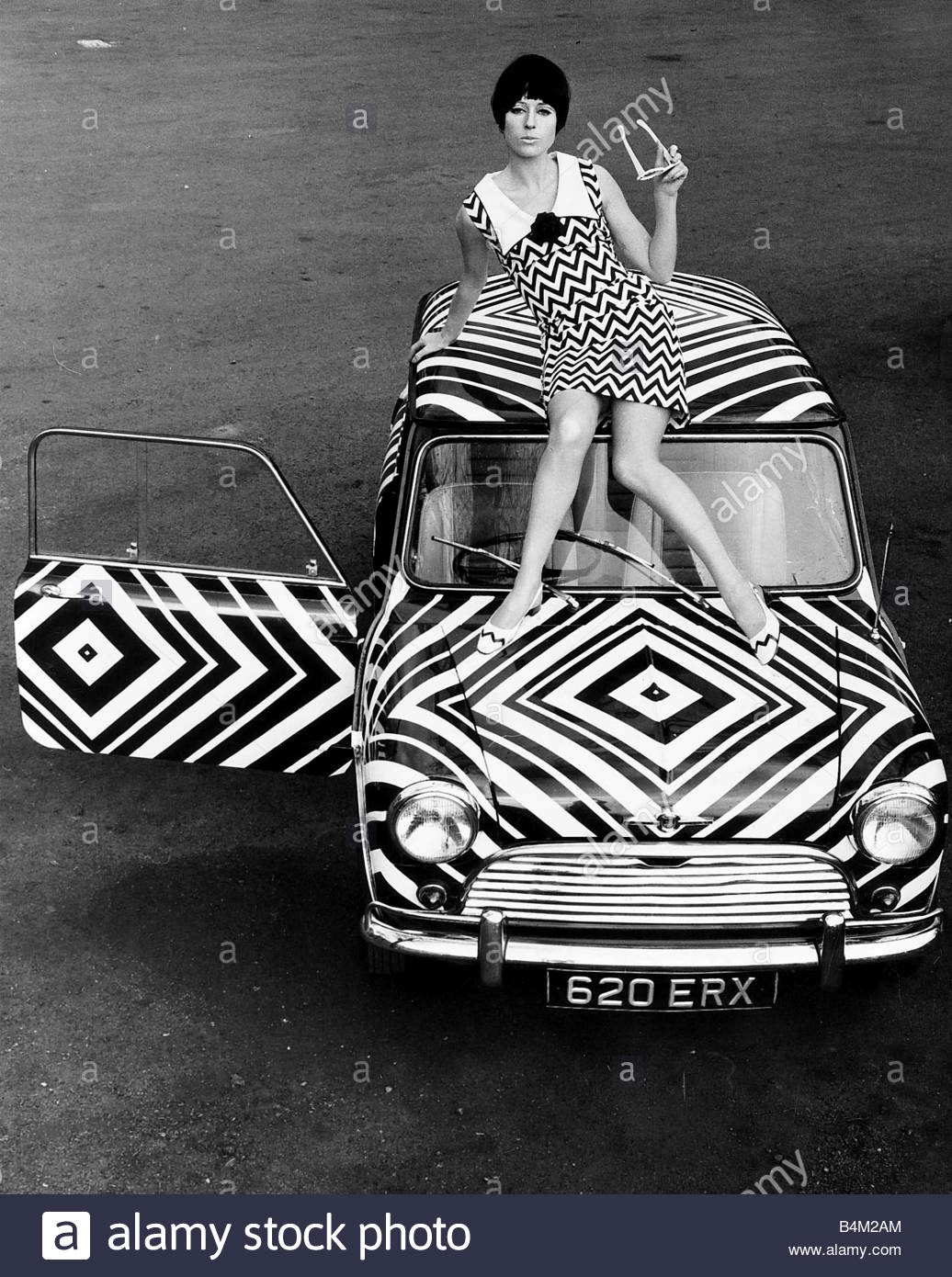
The Mini that has received the op art treatment in March 1966.
Despite the huge production numbers, the Mini Cooper was a very individualistic way of expression of artists, musicians and iconic characters of an entire generation.
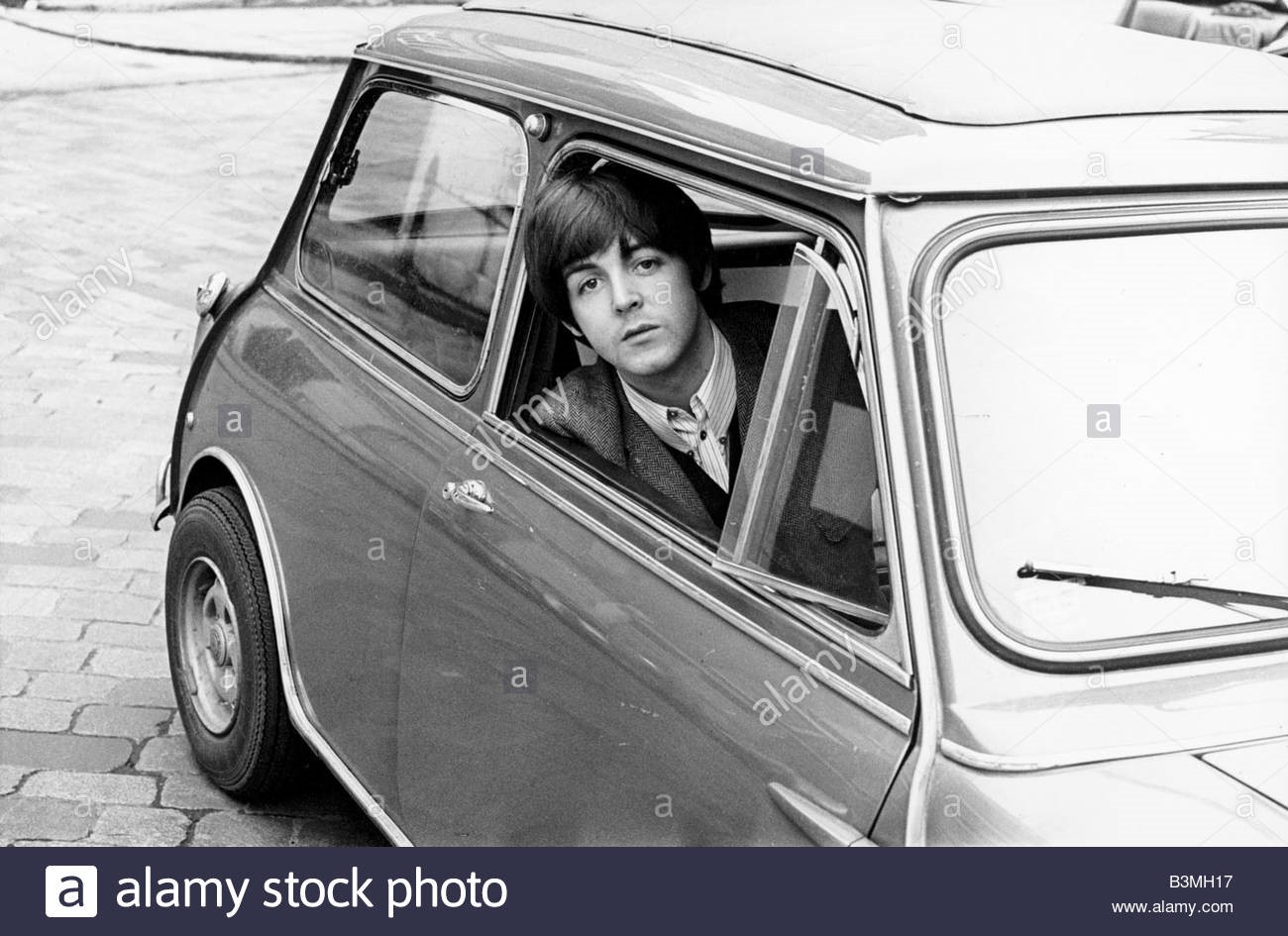
Paul McCartney in his Mini in 1965.
George Harrison painted his Cooper with psychedelic graphics for the film "Magical Mystery Tour", while Paul McCartney and John Lennon daily drove their Coopers, the same as Mick Jagger!
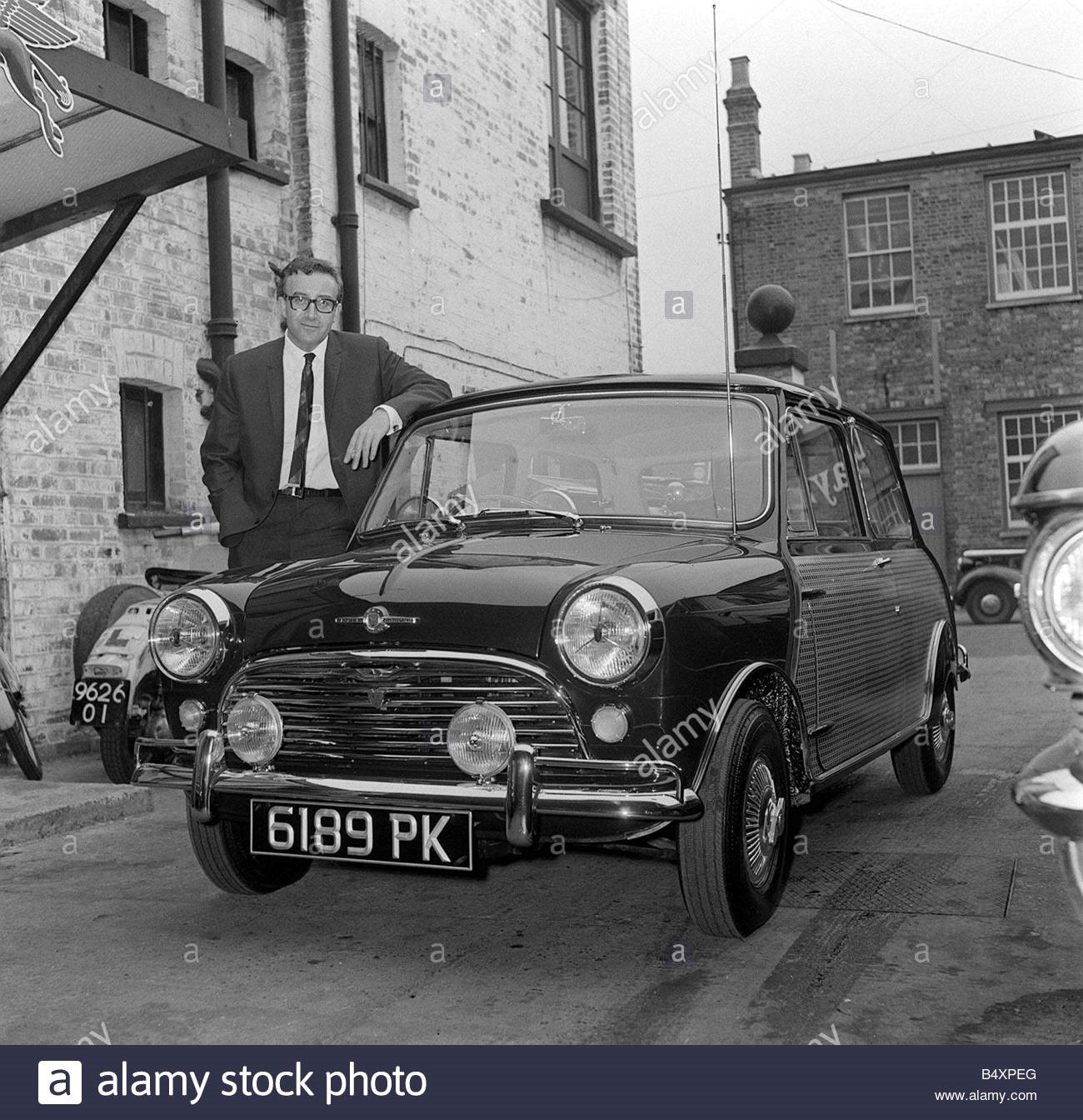
Peter Sellers in a Mini Cooper in May 1963.
British comedian and actor Peter Sellers even had a one-off bespoke Mini made by Hooper and also Steve McQueen had a Mini for a certain period of time.
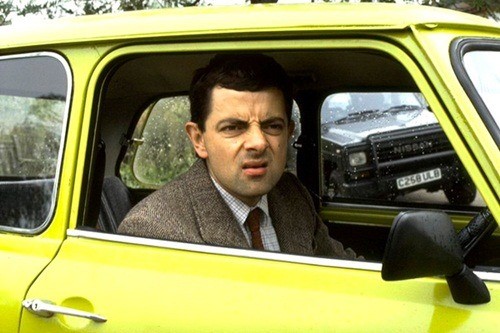
Mr. Bean in a Mini Cooper.
In the 60ies, even if you could afford a Rolls Royce, you had to have a Mini Cooper!

Over the years, John Cooper's brainchild, which was born out of the singular experiment of putting a Formula Junior engine in a small car, became the quintessential accessory for all those successful individuals who need to express their individual taste.
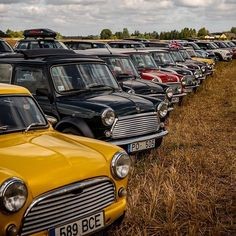
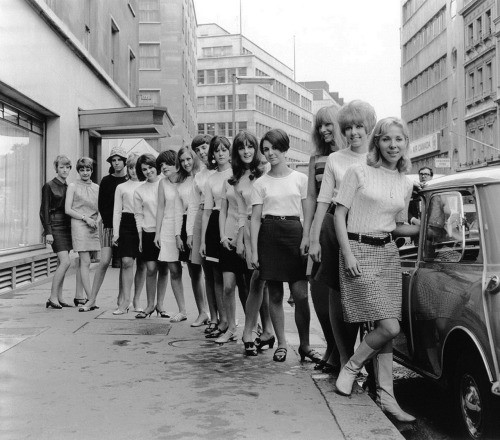
The Mini Cooper stands still today as a testament to John Cooper's genial and forward-thinking mind!
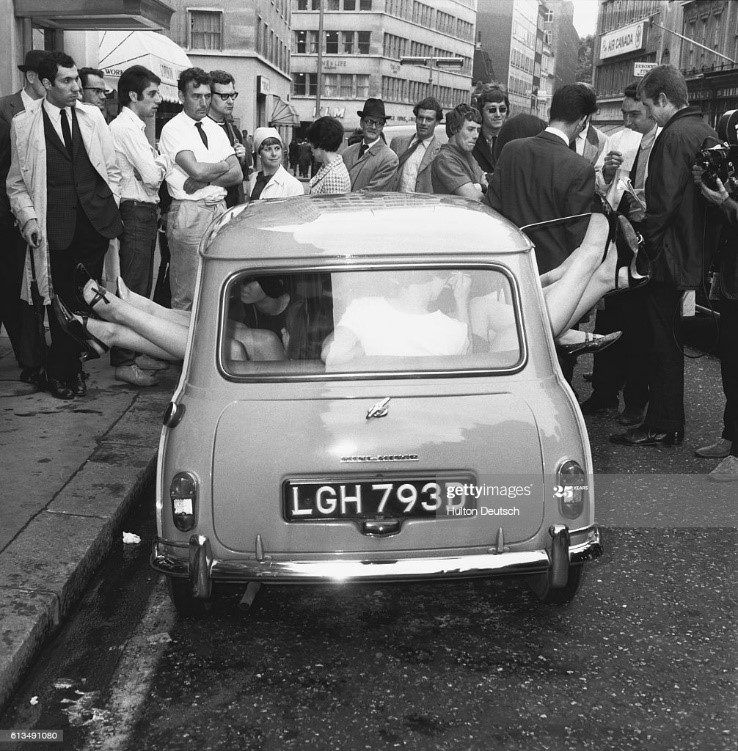
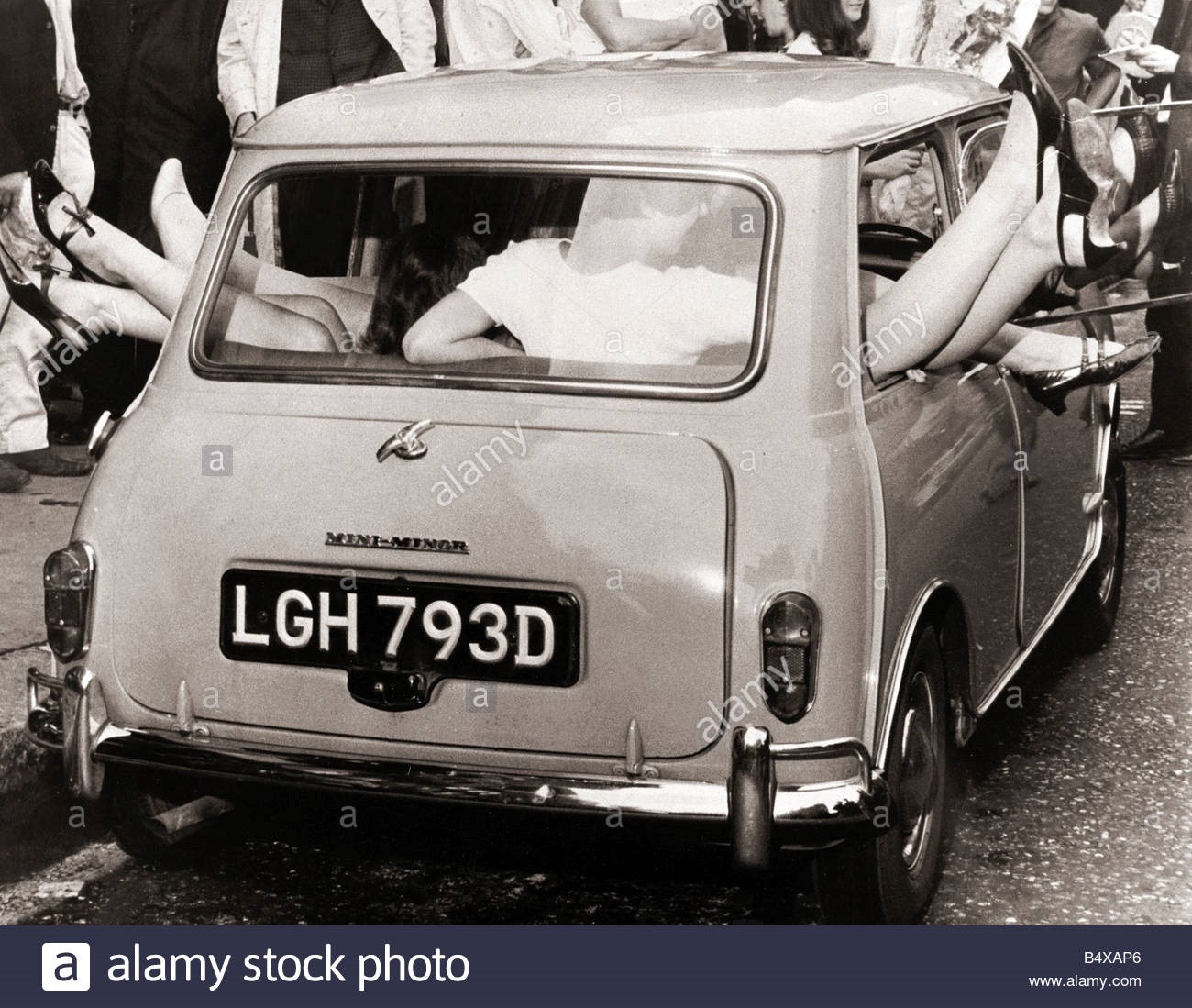
Crowd of people watch as stunts 13 mini-skirted girls managed to cram into an Austin Mini.
The Outlierman's Capsule Collection MINI John Cooper Works is an homage to the creativity and to the revolutionary style of the 1960ies Mini Coopers and to the spirit of the gentlemen who made this little motorcar their icon for daily sportiness.

Jenny Clare seen here posing with her Leyland Mini on 6th October 1972.
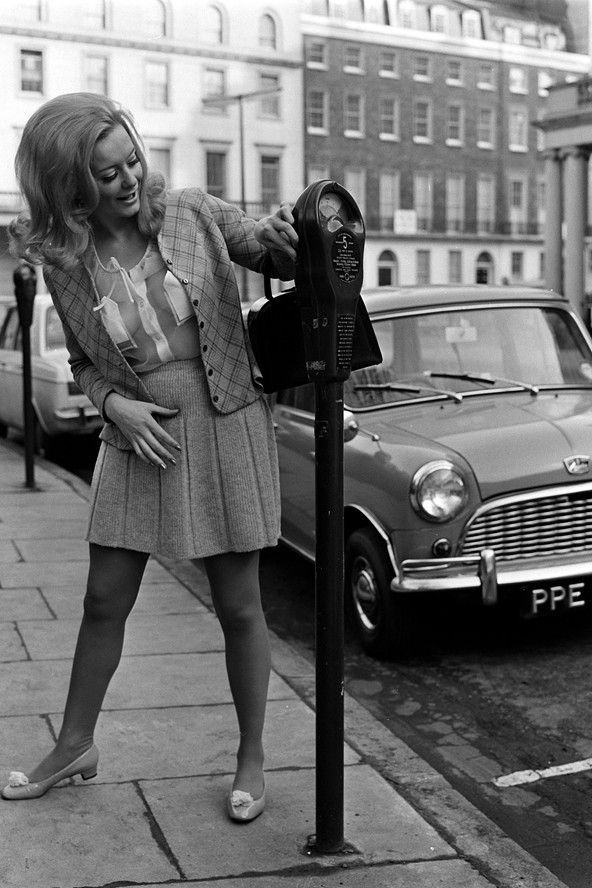
Mini skirt, mini car.
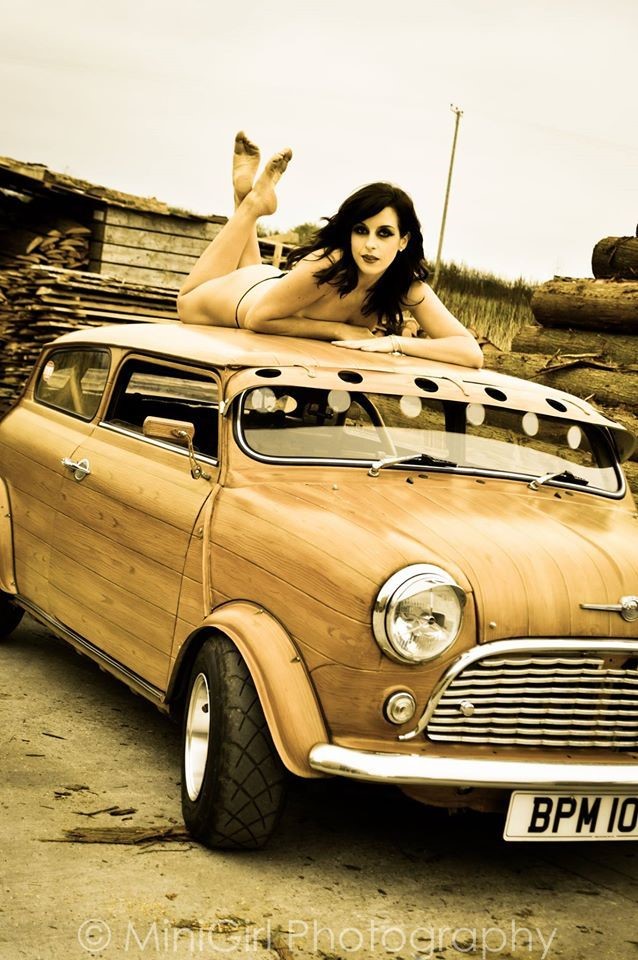
Pin girl.
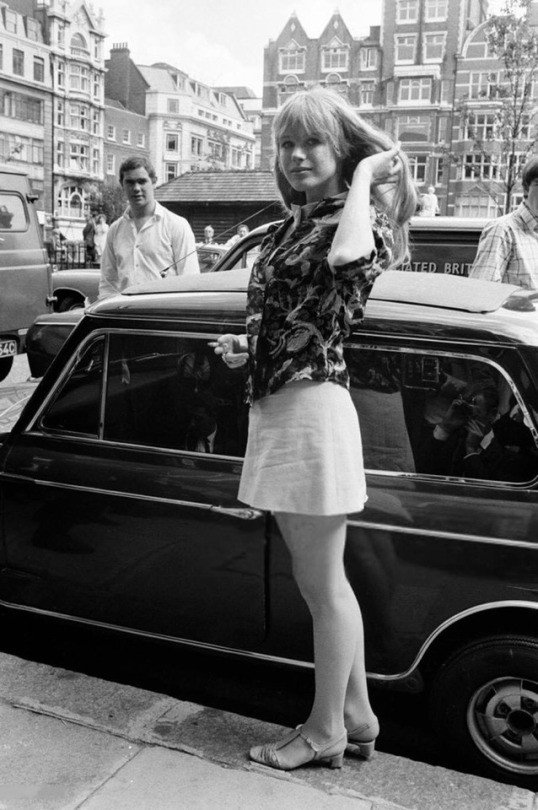
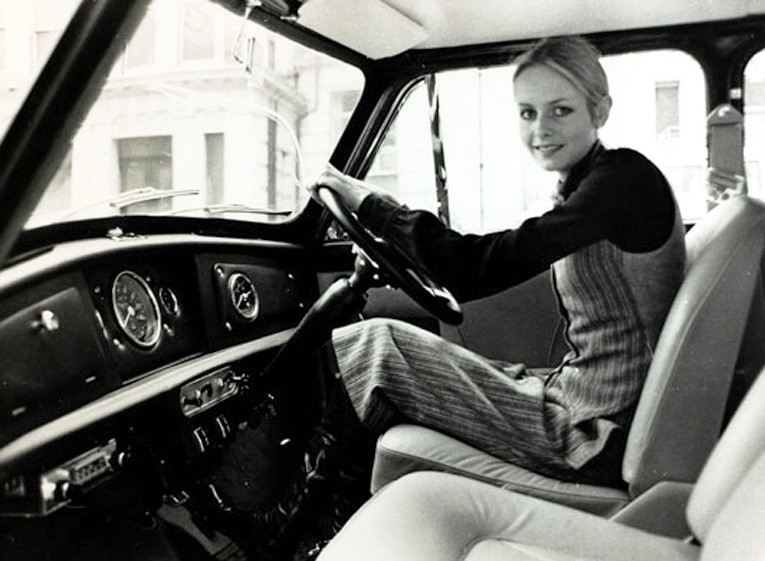
John Cooper's talent and the true outlier essence still live today in the young generations who drive a Mini every day both on the road or on the track.
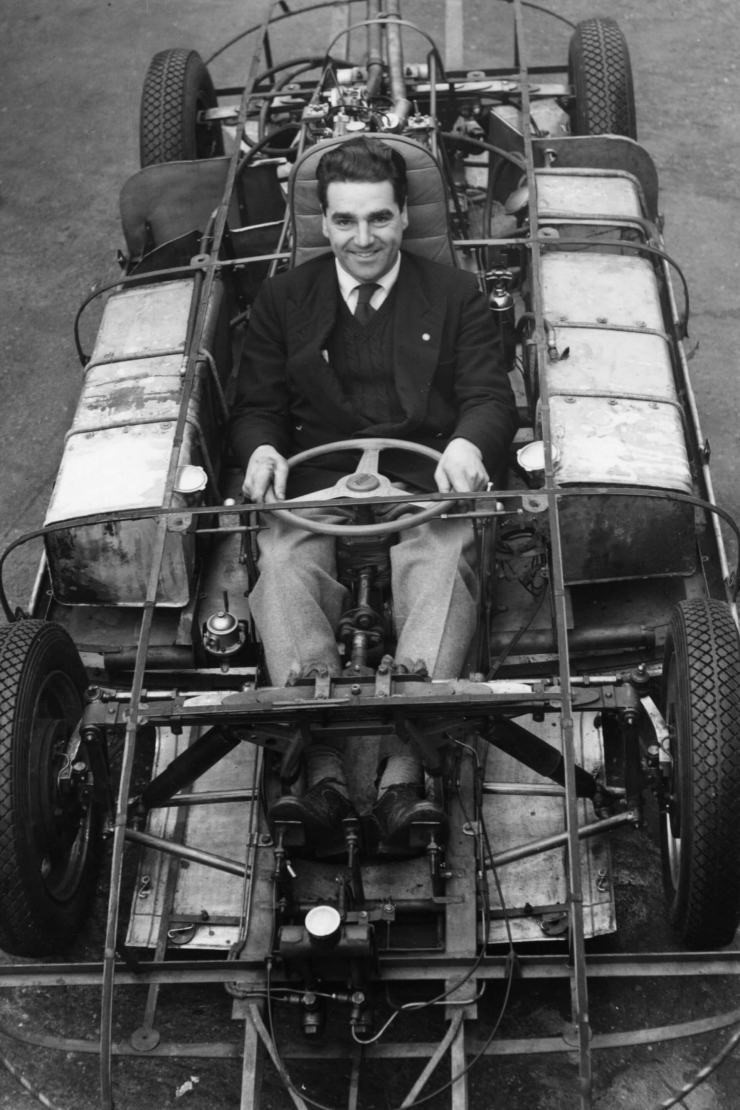
Every Outlier should always be judged by the size of his spirit: without any doubt, John Cooper was a giant.
John Cooper – How he revolutionised motorsport and inspired Mini specialists. December 19, 2019.
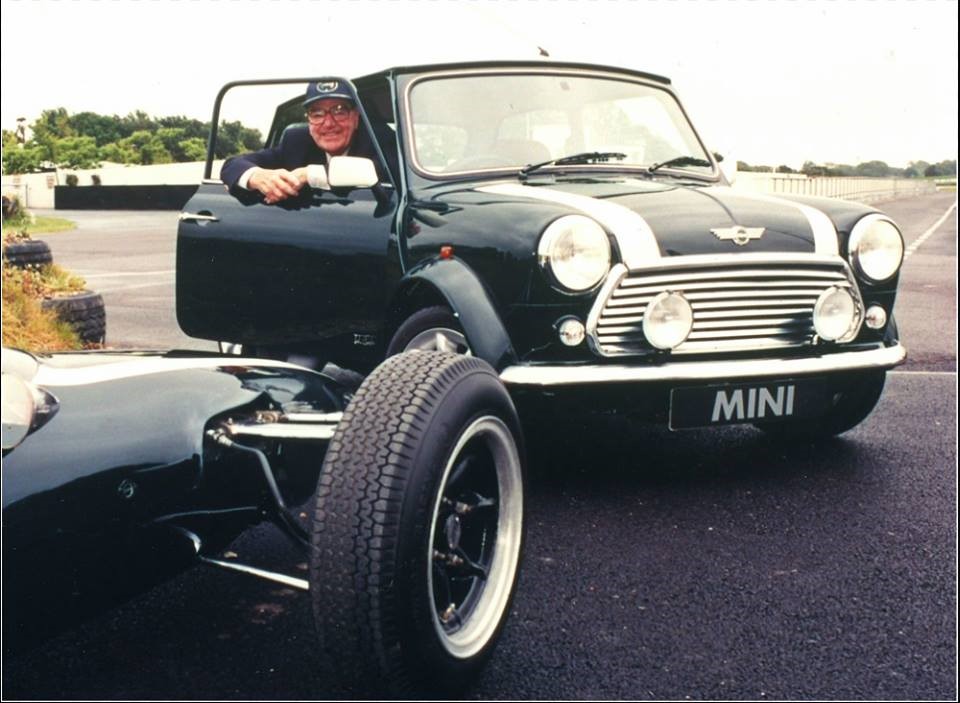
The 17th July 2020 will mark what would have been the 97th birthday of a major figure in the history of the Mini and motorsport in general. John Cooper became an auto racing legend thanks to his rear-engined chassis design that would go on to revolutionise the sport at the very highest level – with F1 and Indy 500 cars quickly adopting his work.
Of course, his company would also turn their hands to being Mini specialists; breathing new life into the Mini brand of cars and helping to grow the popular Mini racing scene. In celebration of his birthday, we’re going to look back at the extraordinary career of John and sum up his impact on racing and the Mini brand.
The dawn of Mini specialists.
The name ‘Mini Cooper’ is synonymous with the Mini brand; for many people, the term is the first thing they think of when ‘Mini cars’ are mentioned. It all started during the very early years of the original Mini. John Cooper, who ran the Cooper Car Company along with his father, immediately saw the racing potential of this new economical car. Small, swift and able to get the most out of petrol tank, it seems somewhat obvious now that it would be perfect for racing.
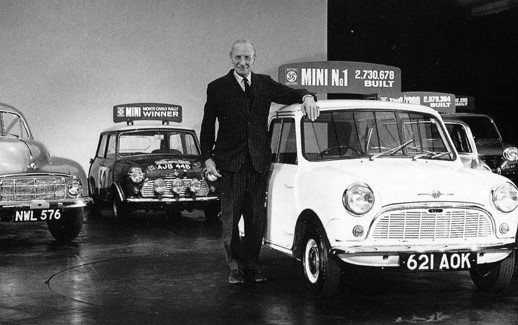
Alec Issigonis and Mini number 1.
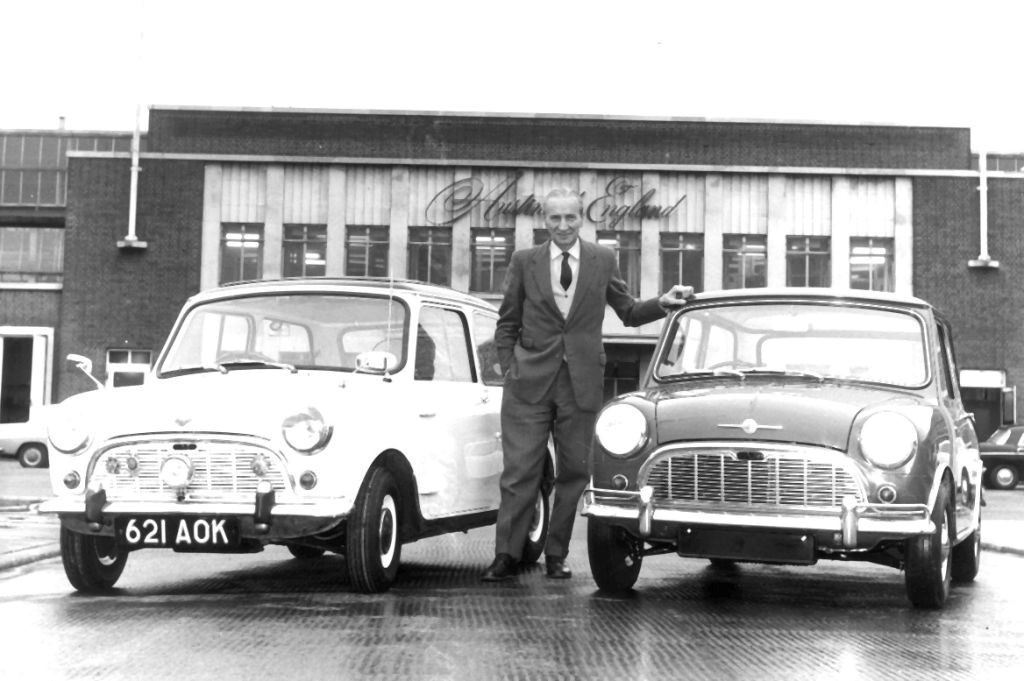
John was friends with the designer of the original Mini, Alec Issigonis and later suggested to the British Motor Corporation (BMC) that he should be allowed to create his own, ‘tuned up’ version. Despite doubting that he would sell more than 1,000 models, the head of BMC, George Harriman, allowed John to go ahead.
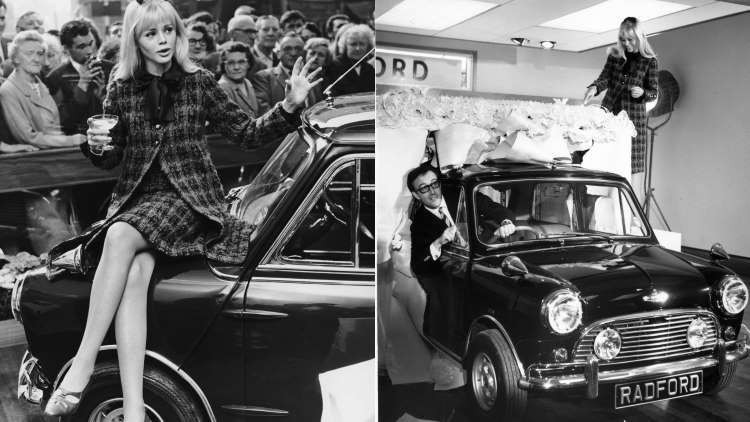
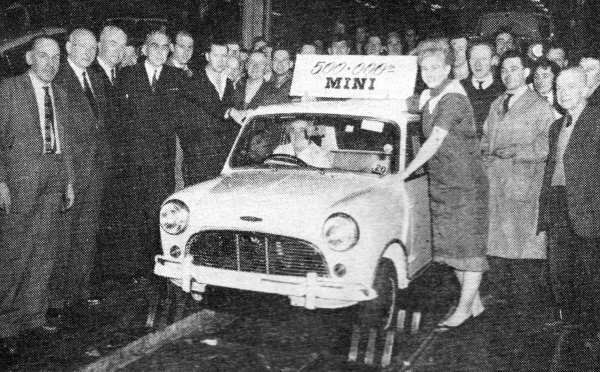
Mini history milestone.
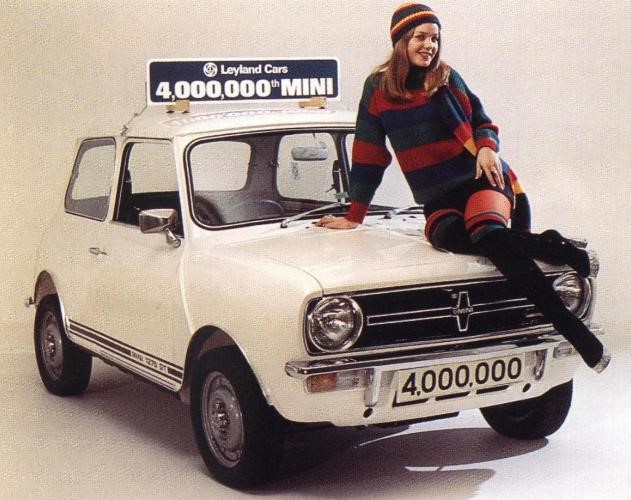
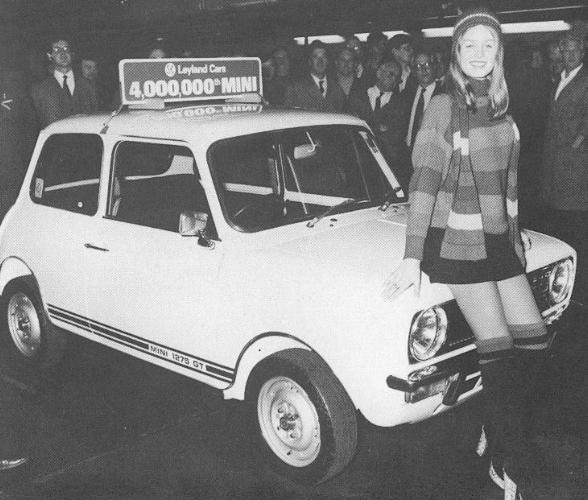
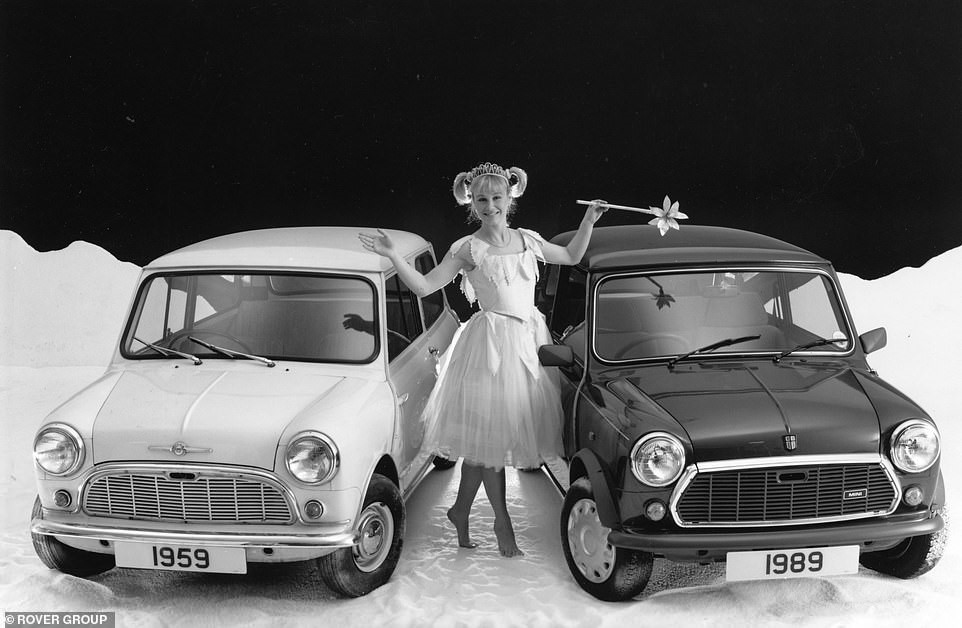
Thirty years on The Rover Group marked the third decade of the Mini with this celebratory picture.
The final sales total of John’s modified Mini numbered more than 125,000.
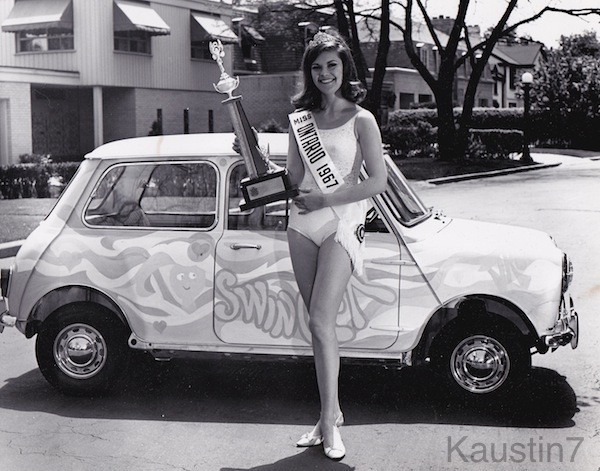
The Mini Cooper and an era of Mini specialists, customising their cars, was born.
A big name in racing.
Of course, as an already established name in motorsport, John’s reputation for creating innovative cars preceded him. In 1955, long before being recognised as Mini specialists, his company first came upon the idea of creating a rear-engined sports car. The narrowing of the chassis and the slender bodywork of the cars (which left the suspension and wheels exposed), allowed for a Coventry Climax engine to produce a unique racing experience. This design was rolled out to their Formula Two cars, whose new design could also allow for an upgrade to F1 if needs be.
Two years after the initial design, Jack Brabham, a soon-to-be Australian racing legend, joined the Cooper’s growing racing team; driving a 2-litre version of the Formula Two car. The first race for the pair was in the Monaco Grand Prix, finishing in sixth. The car impressed immediately; many marvelled at the rear-engined Cooper that ‘could challenge flat-footed Ferraris, Maseratis and Vanwalls’ that were already fixtures on the podium.
A year later, Stirling Moss won the Argentine Grand Prix in a Cooper; the win becoming the first victory by a car that had its engine in the back. Maurice Trintignant would win for Cooper-Climax at Monaco in the same season, beating two Ferrari’s to the win and establishing the brand as a mainstay in the sport.
With success in his pocket, John Cooper managed to persuade Coventry Climax to build 2.5-litre engines that would propel the Cooper team to two consecutive F1 constructor’s championships in 1959 and 1960, with Jack Brabham winning the drivers’ championship on those occasions too. By 1962, every F1 car had put their engines in the rear of the car – summing up John Cooper and his team’s impact on motorsport.
The ongoing success of the Mini Cooper.
With the specifications of the Mark I Mini at his disposal, John Cooper and his team went about altering its different elements in order to create a vehicle that would offer a smoother driving experience for racers. The Morris Mini Minor engine was given a longer stroke capacity to 997cc (up from 848cc), as well as the addition of twin SU carburetors, a close-ratio gearbox and front disc brakes – which were rare in small cars at the time.
It was a later model, the Cooper S that sealed the iconic image of the Mini. A more powerful and sportier version of the original Cooper, the Cooper S featured a 1071cc engine that powered its drivers to Monte Carlo Rally wins in 1964, 1965 and 1967 (as well as helping Charlie Croker and Co get away from Turin with some gold bullion), before finding itself in plentiful use on Britain’s roads.
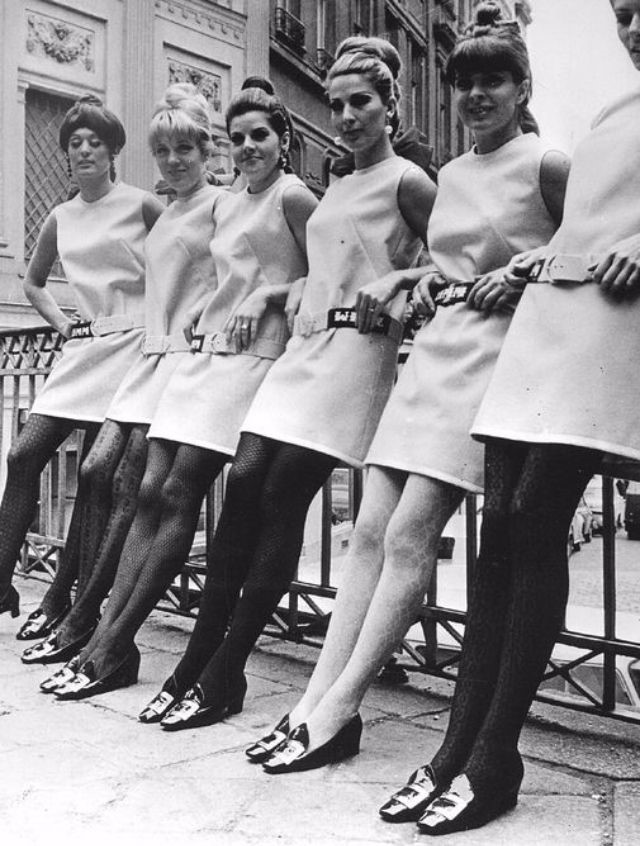
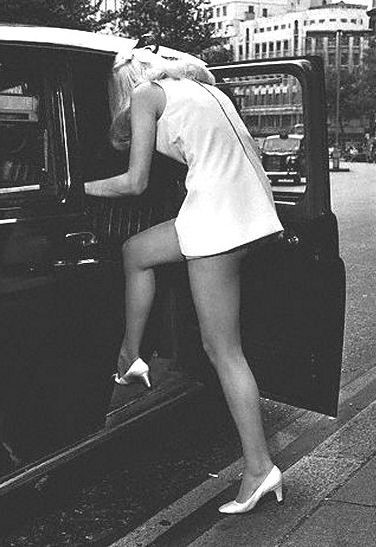
By this point, the Mini was seen as the ‘car that got everyone who was anyone about’ and being the height of the swinging sixties, the glamour of racing fitted perfectly with this era.
A (not-so) Mini legacy.
Although he passed away, the legacy of John Cooper is still strong today – the ‘Mini Cooper’ brand is still around and producing new models. However, for many Mini specialists, the appeal of the classic Cooper still holds true; many aficionados continuing his legacy by restoring, repairing or even customising their own cars to cruise around or to enter the rallying events that the original Mini Cooper was designed to do.
John Newton Cooper, 17 July 1923 – 24 December 2000, was born in Surbiton, Surrey, United Kingdom.
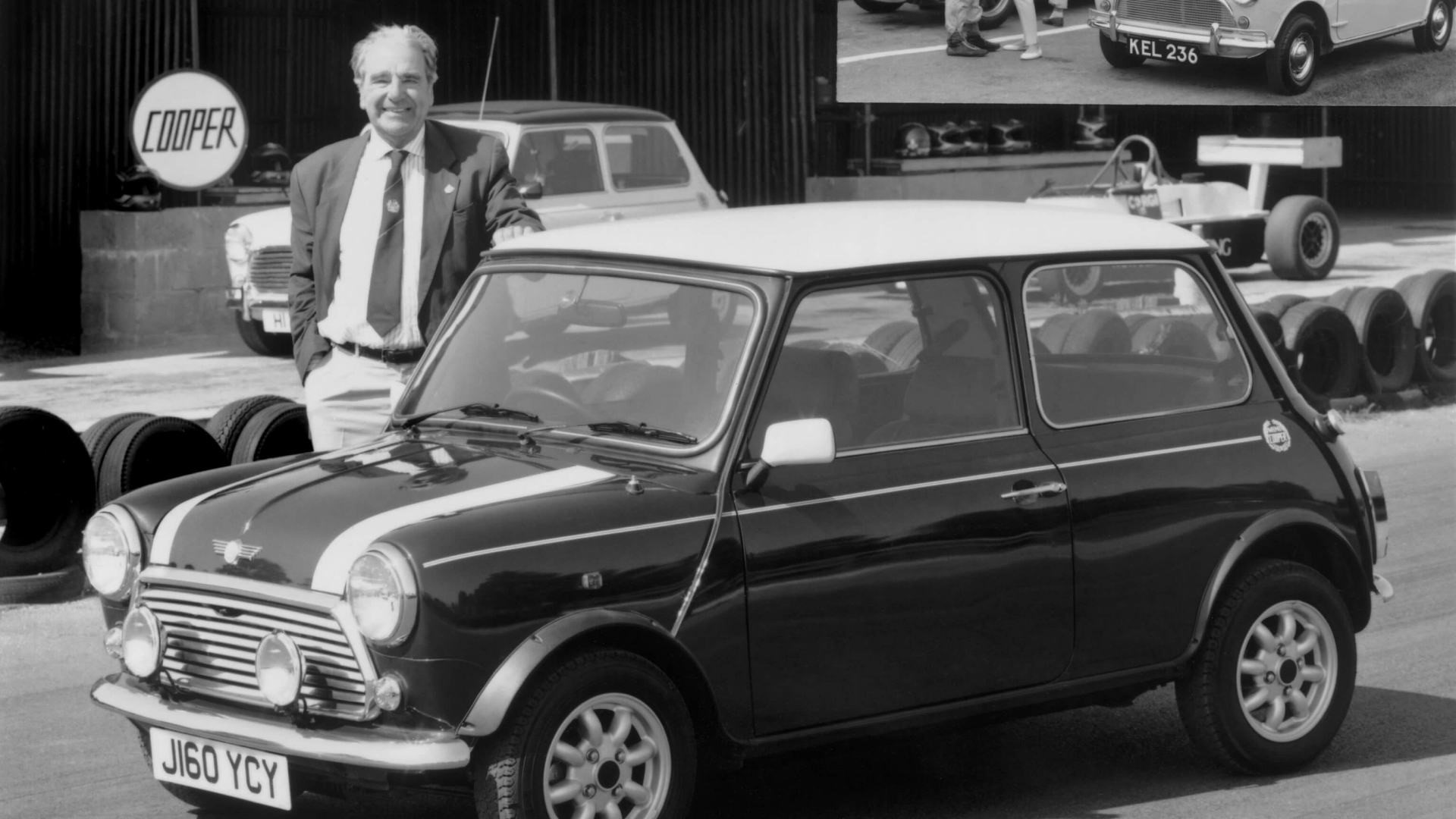
He left school at age 15 to become an apprentice toolmaker and served in the Royal Air Force as an instrument maker in World War II. After the war, he and his father began building simple, inexpensive single-seat racers for privateers, often from surplus military hardware. The cars were extremely successful and quickly in high demand and, in 1948, they founded their own company to build more.
The original design for the first rear-engined Cooper racing car was drawn up by Owen Maddock, a designer employed by Cooper Car Company.
Initially, John raced his own cars on a regular basis, but as the company grew, he found less time available to compete. He did, however, find time to set a number of records at Montlhéry at the end of 1953.
In the early 1950s, it seemed as if every aspiring young British racing driver began behind the wheel of a Cooper and Cooper's F1 cars were driven by the legendary drivers of the time – Jack Brabham, Stirling Moss, Maurice Trintignant and Bruce McLaren. In a nine-year period, the team took 16 GP wins, as Brabham and the team won back-to-back World Championships in 1959 and 1960.
While in Sebring, Florida, for the 1959 United States Grand Prix, Cooper got to know American driver Rodger Ward, the reigning USAC national champion and Indianapolis 500 winner. After Ward had been astounded by the cornering ability of Cooper's little cars on the road course, he offered to arrange a test for them at Indianapolis Motor Speedway, saying, "you've got to try out your car around the Oval. Indy's waiting for you!" Cooper took one of his F1 cars to the Speedway in the autumn of 1960, as drivers, constructors and racing personalities gathered in "amused tolerance, mixed with obvious curiosity," according to Cooper. When Brabham, an Indy rookie, began his warmup laps, he was unaware of the requirement to gradually build up his speed on the track. He clocked his second lap at 144.8 miles per hour, fast enough for the third row on the previous race's grid! Ward was so enthused, Cooper had to agree to let him drive the car, too. From that point, the Indianapolis establishment realised the writing was on the wall and the days of their front-engined roadsters were numbered. Within a few years, John Cooper's revolution of open-wheeled racing was complete.
Cooper's development of the British Motor Corporation Mini – the Mini Cooper – was adored by both rally racers and ordinary road drivers. Before John Cooper's death, the Cooper name was licensed to BMW for the higher-performance versions of the cars, inspired by the original Mini, sold as the MINI. John, along with his son Mike Cooper, served in an advisory role to BMW and Rover's New MINI design team.
Cooper was the last surviving F1 team principal from the formative years of the sport and he often lamented later in life that the fun had long since gone out of racing. He helped establish Britain's domination of motorsport technology, which continues today. He remained head of the West Sussex family garage business (which had outlets for Mini Cooper at East Preston and Honda at Ferring) until his death.
Story of a legend. – Mini. Why be ordinary when you can be extraordinary?
When the extraordinary design prowess of Sir Alec Issigonis met the motor racing passion of John Cooper an extraordinary automobile marriage of compact, go-kart handling, infused with an inspirational and extreme energy took on the motorsports world… and won!
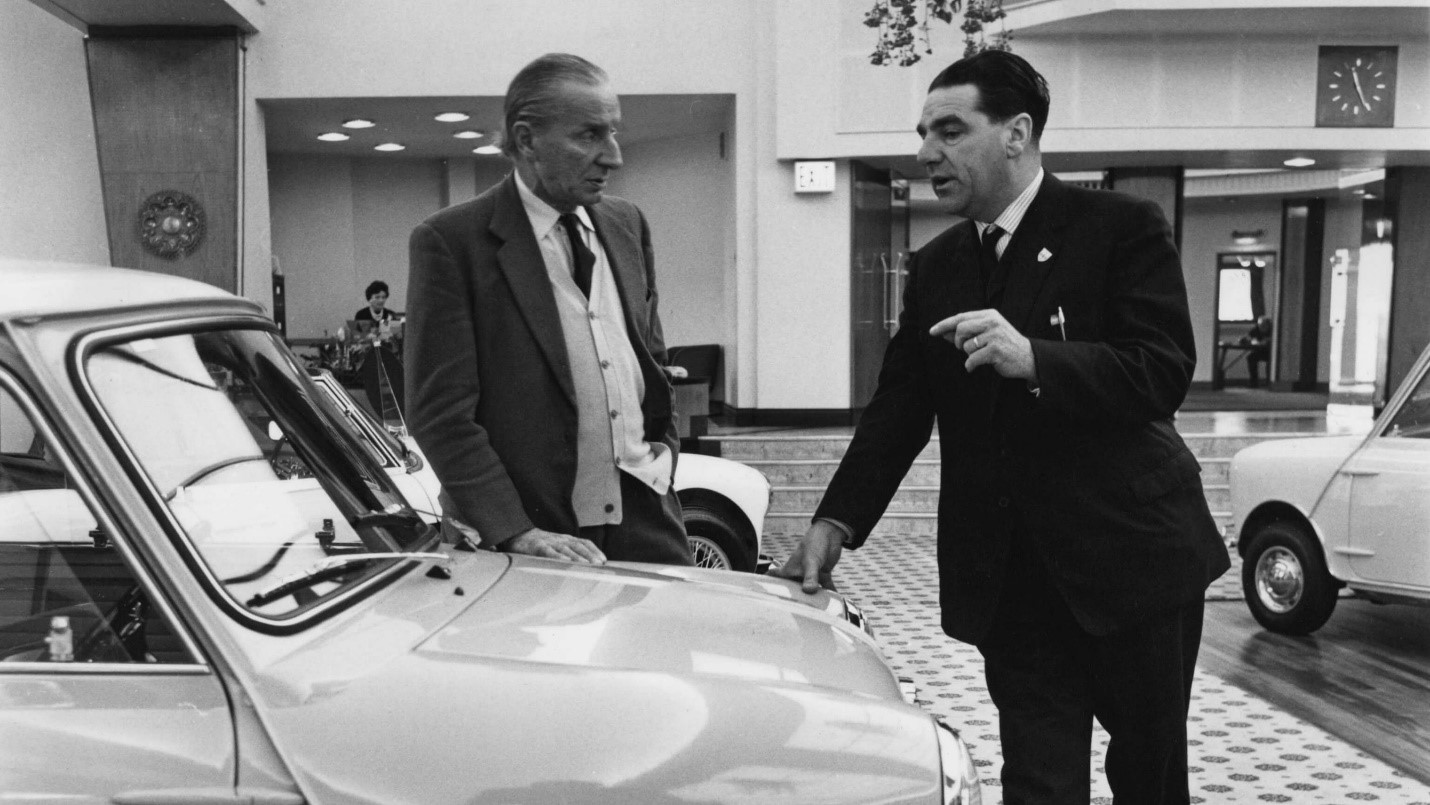
For the chequered flag to go down on such a small car captured not only the racing world hearts but also the public minds. But just how does a car designed for the urban dwelling, creatively-minded, design-savvy driver, come to dominate the race circuit? The answer lies in the very special vision of John Cooper.
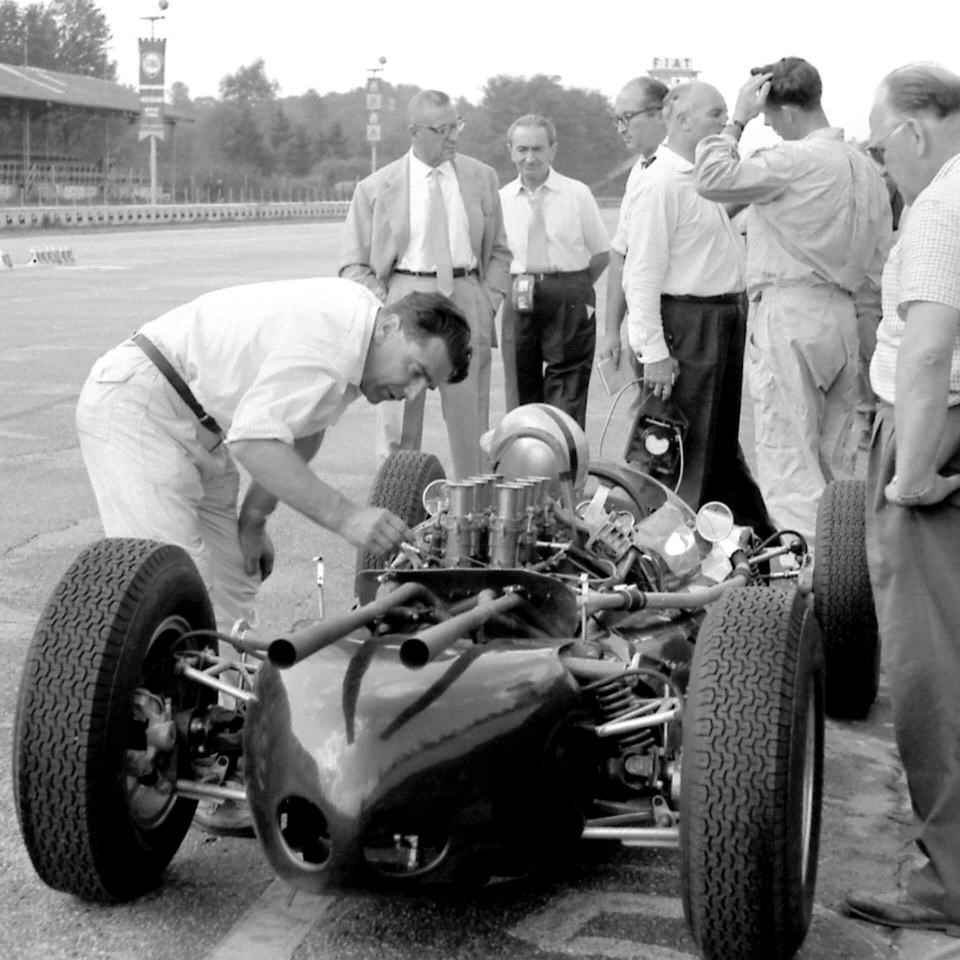
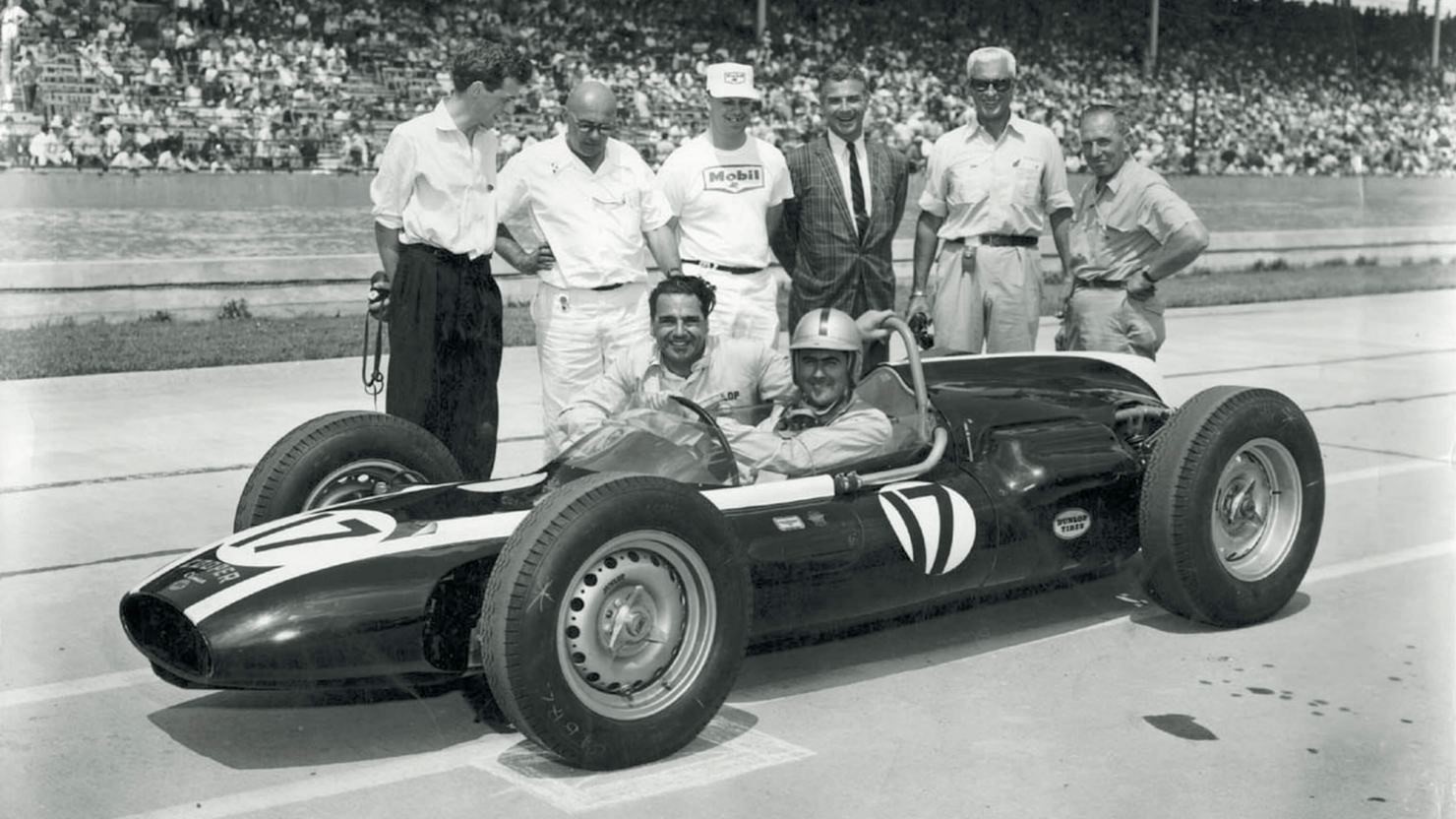
Having achieved outstanding success, it was unsurprising that Cooper might be looking for a new challenge. The newly launched Mini intrigued him. It had a handling capability and dynamic attitude that he felt sure could be tailored to take high speeds and racetrack bend thrills to the max. By fine-tuning the engine to add a highly competitive edge, heightening the brake performance for a super assured drive and refining the steering to race level responsiveness, he created the Mini Cooper.
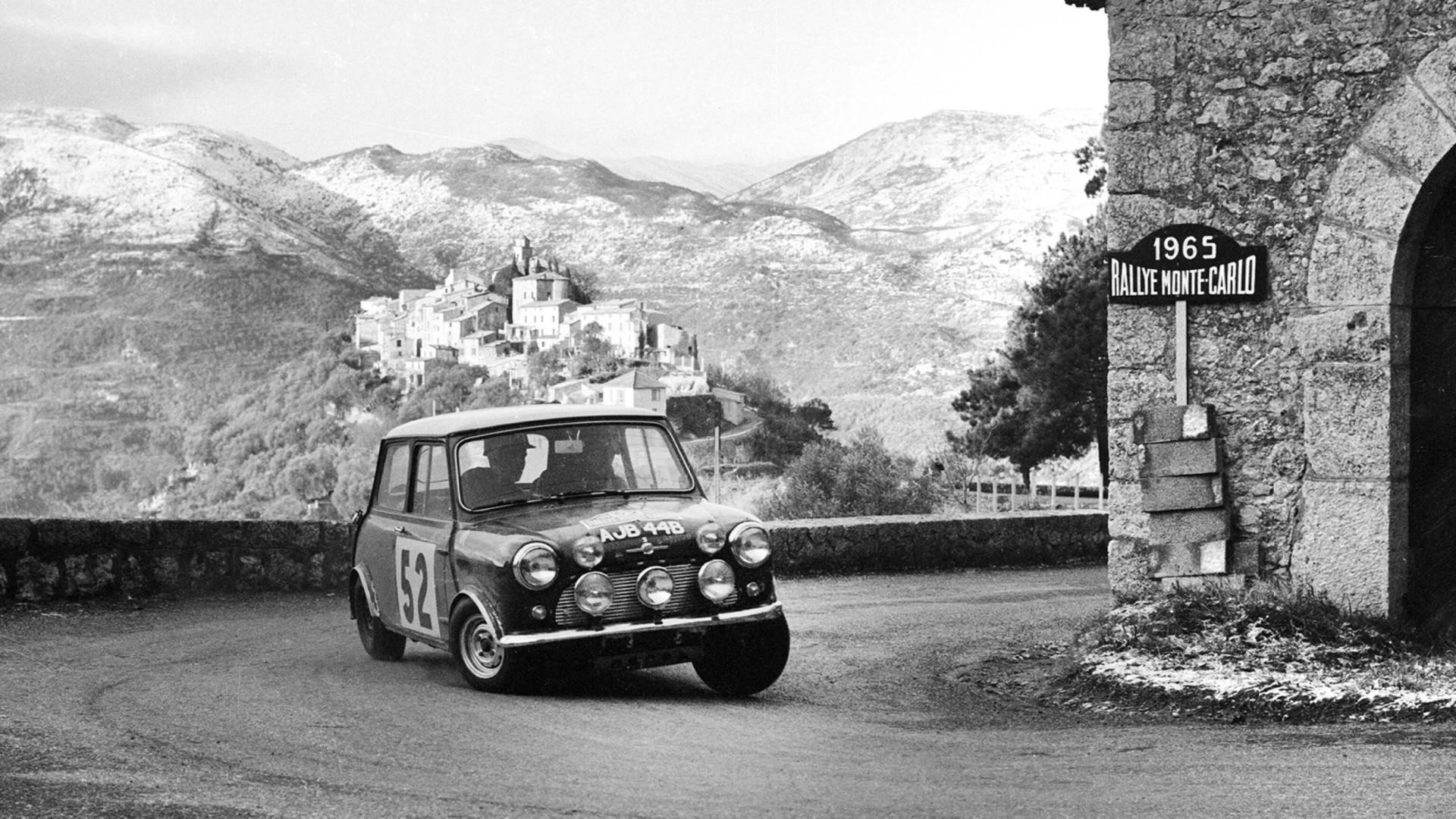
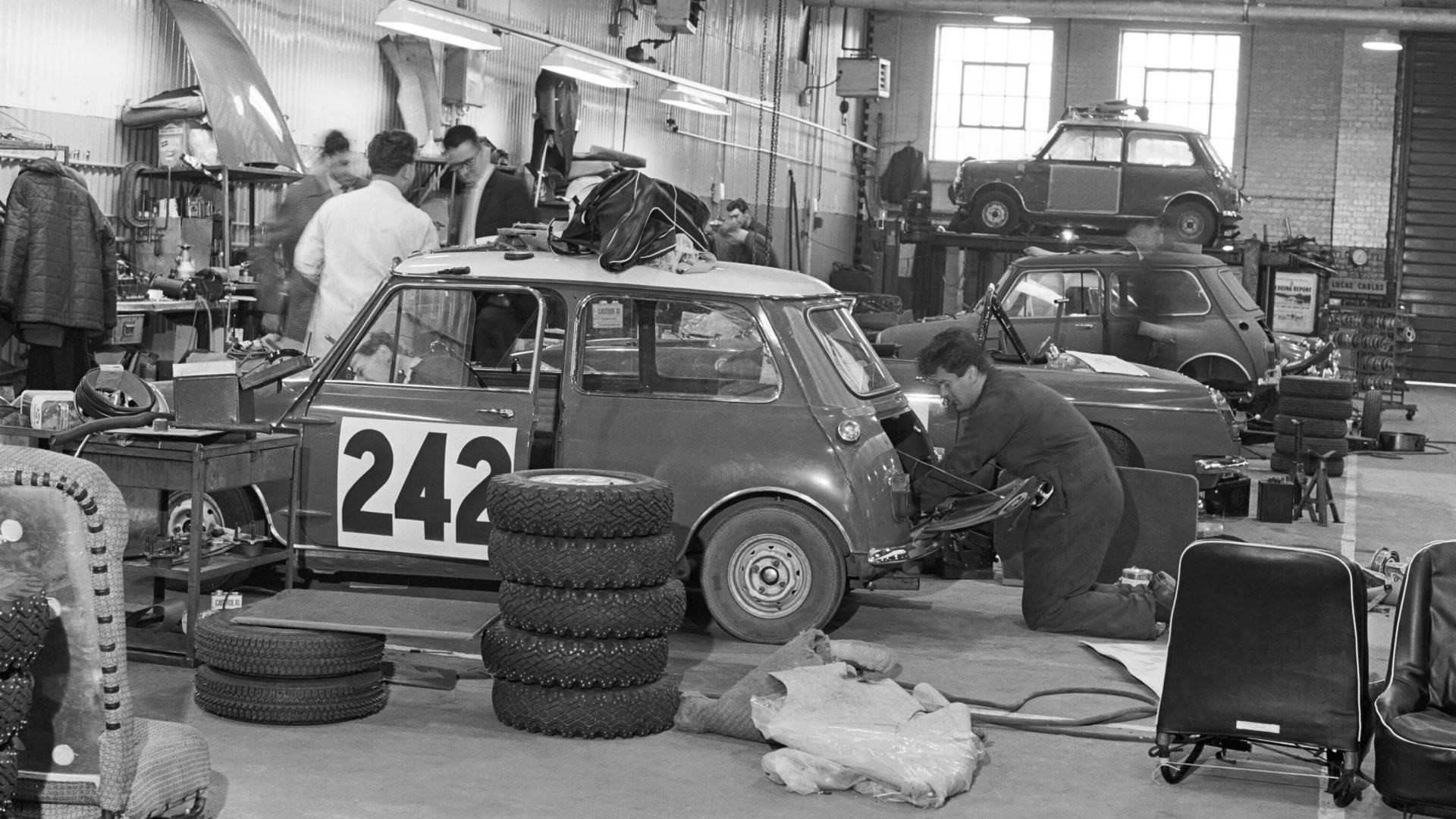
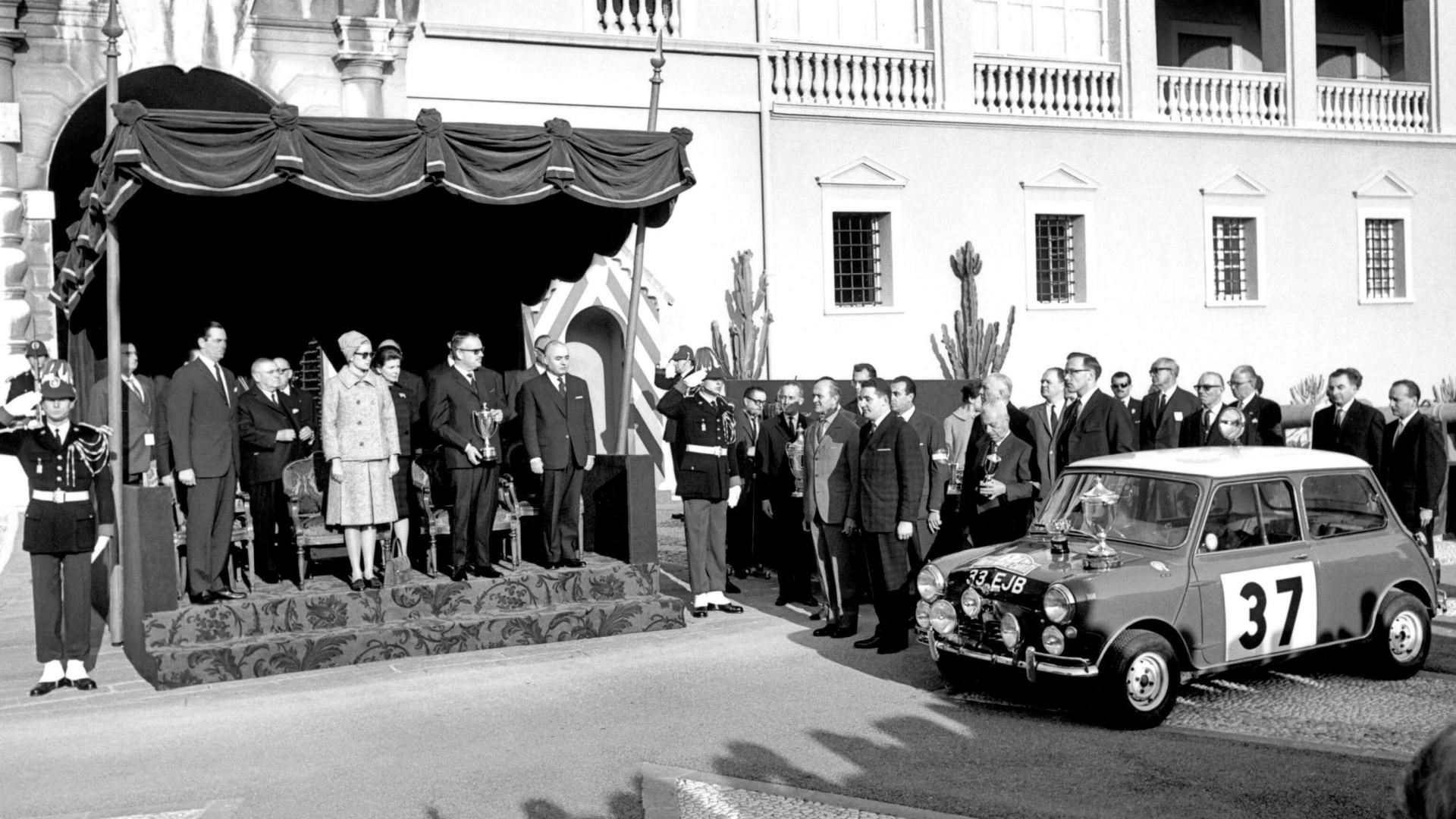
The dynamic genes of the original are still part of every MINI John Cooper Works model.
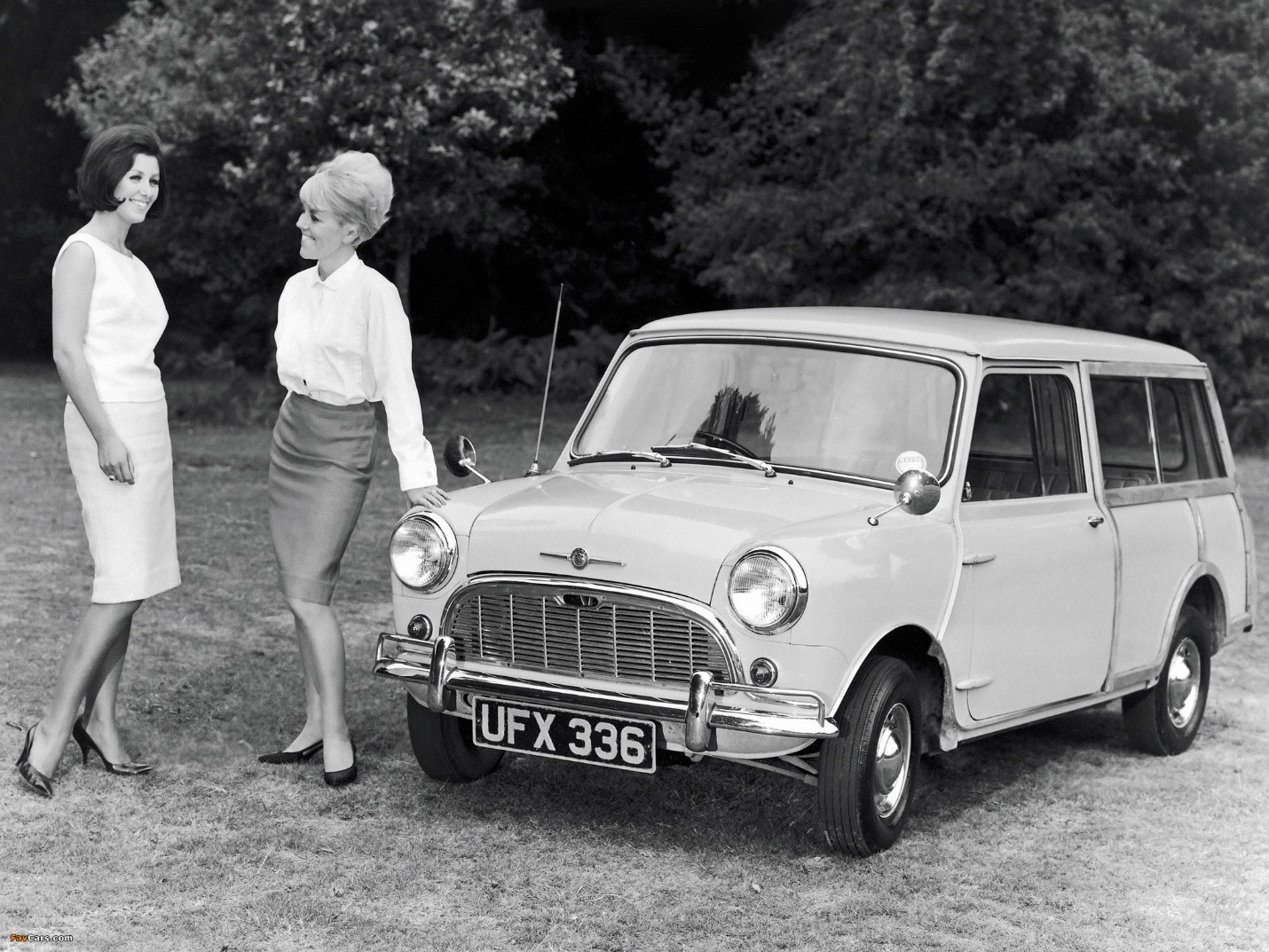
Mini classic, 1960.
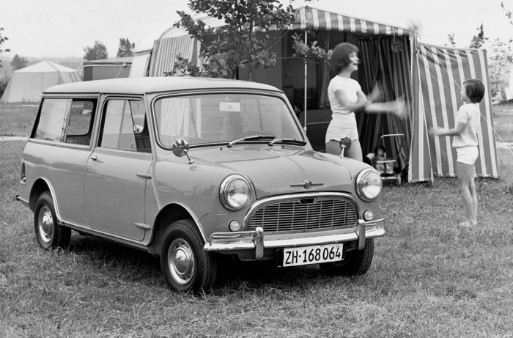
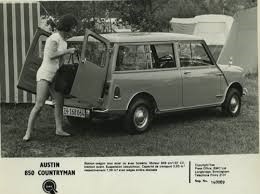
From the exhilarating go-kart experience offered by the MINI John Cooper Works 3-door Hatch to the power and All-Wheel Drive versatility of the MINI John Cooper Works Countryman – John Cooper's passion lives on within each and every one.
MINI: the John Cooper Story.

First seen on the back of a Mini in 1961, the Cooper name has been synonymous with the brand for over half a century.
The legendary JCW badge - John Cooper Works - today stands for outstanding dynamics, superb handling and a driving experience that is second to none.
But John and his father Charles could have had little idea of the impact they would have when they joined forces to form the Cooper Car Company in 1946.

The Cooper name rooted in F1 history.
The Cooper Car Company became the first British motor racing manufacturer to win the F1 constructors' championship, which it took two years in a row. Its Cooper-Climax cars also brought Jack Brabham the championship titles in 1959 and 1960.
When the Mini launched in 1959, John Cooper created a revamped version shortly after and pitted it in a race at Monza against an Aston Martin DB4. The little Mini, driven by Roy Salvadori beat the Aston Martin by a full hour!

John sold the company following Charles’ death in 1964 and turned his attention to the Mini Cooper. It went on to dominate the rally circuit.
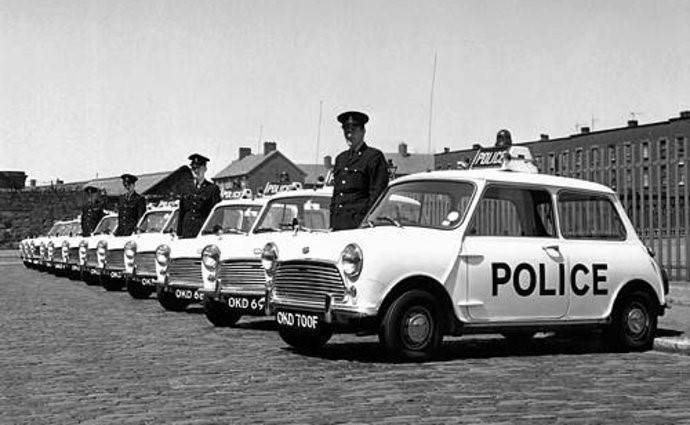
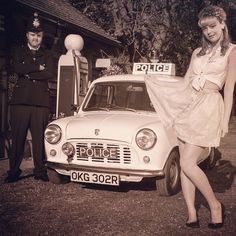
Petrol police.
The MINI: history of a very British classic.
But the Mini’s start in life was very different. It was a car designed out of necessity for fuel economy when petrol was rationed following the Suez Canal crisis in 1956. It originally had a one-litre engine - later deemed too sporty and relaunched in 1959 with just 848cc.
With front-wheel drive short overhangs and wheels planted on each corner its low centre of gravity gave it go-kart handling still coveted today. John Cooper saw the potential.
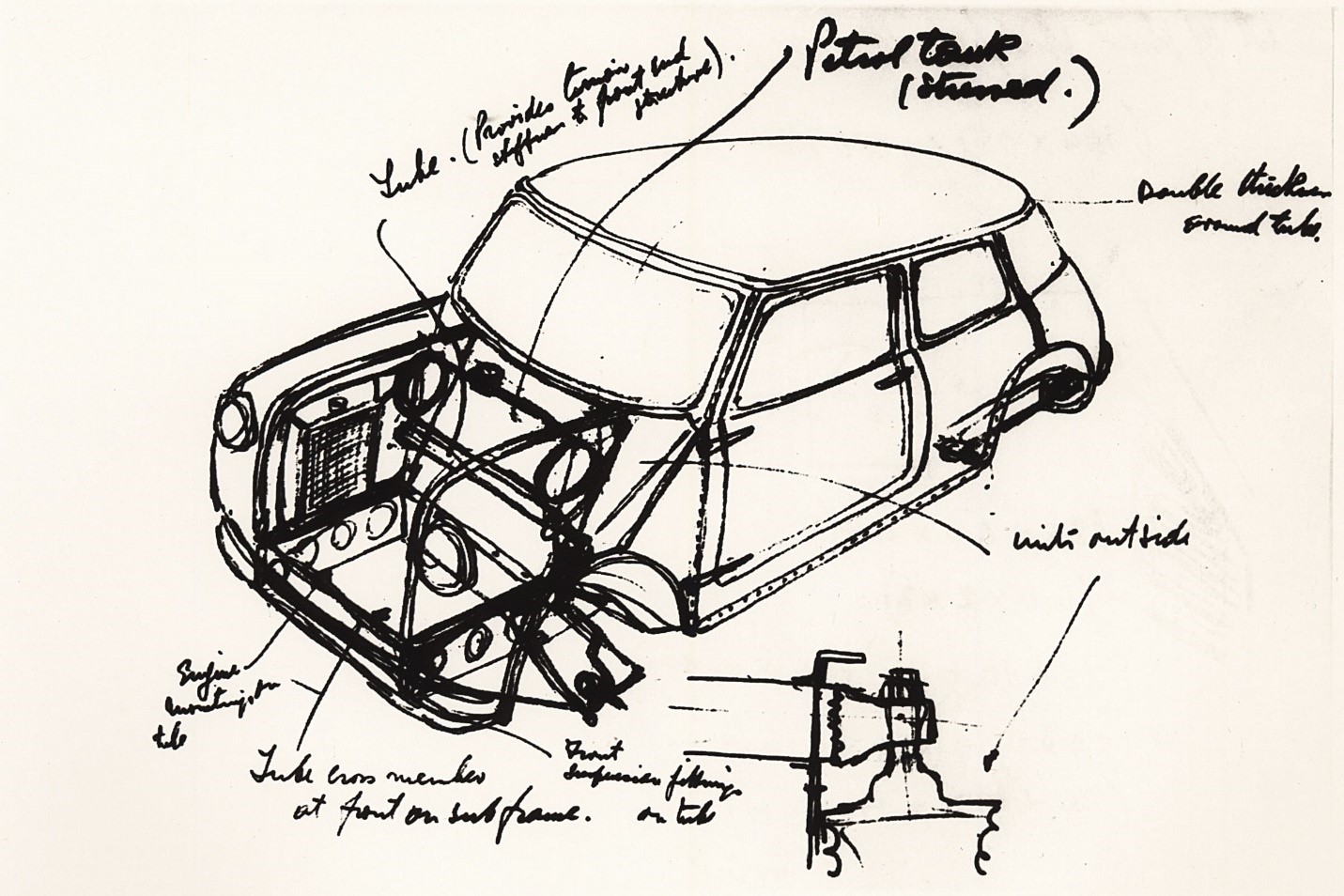
MINI and Cooper - two legendary names.
Mini and Cooper’s success continued throughout the 60s and then returned in the 90s and early 00s with the very last Classic Minis rolling off the production line in 2001.
Videos



Comments
Authorize to comment